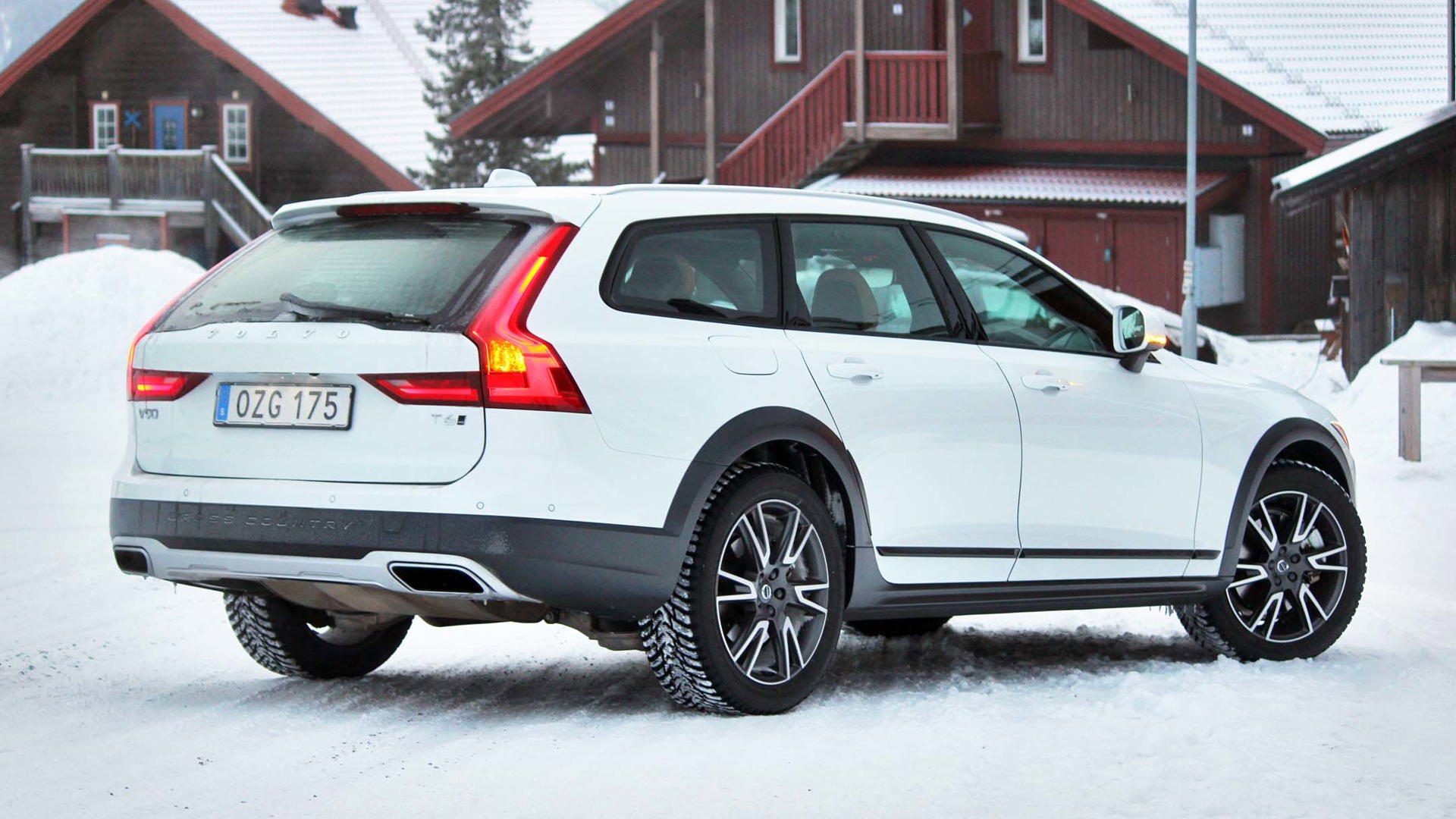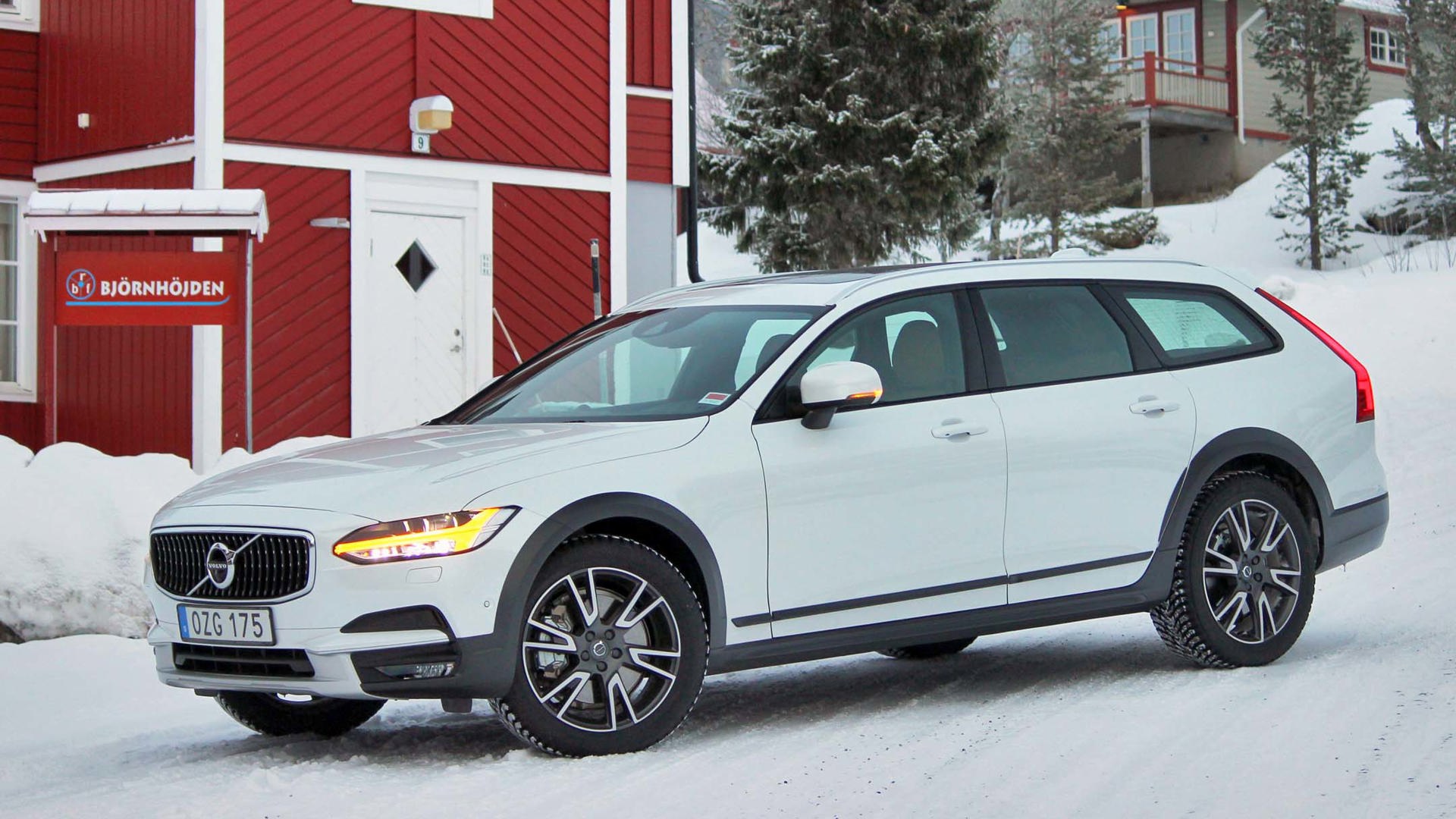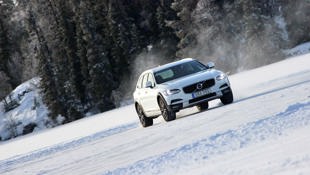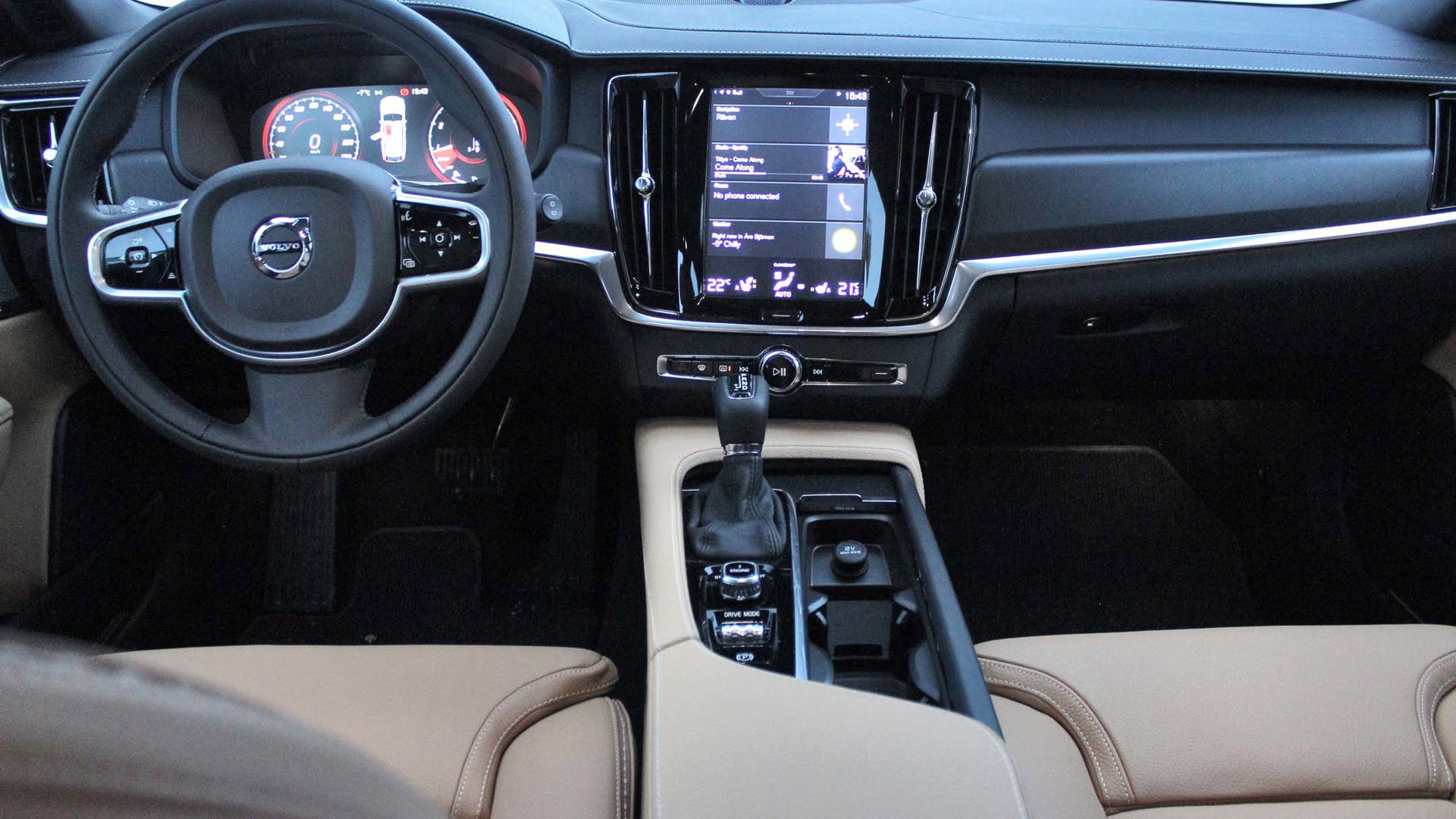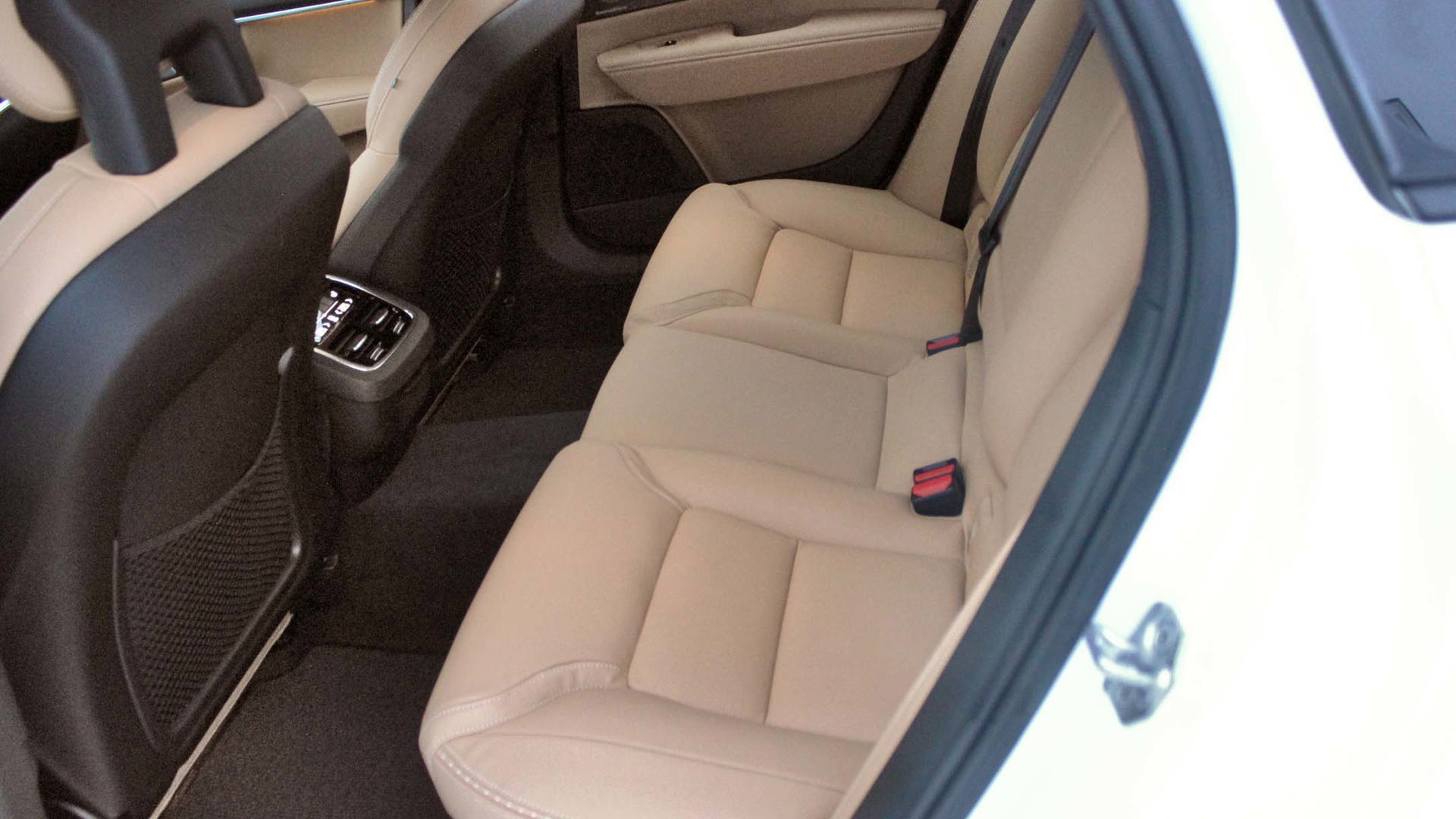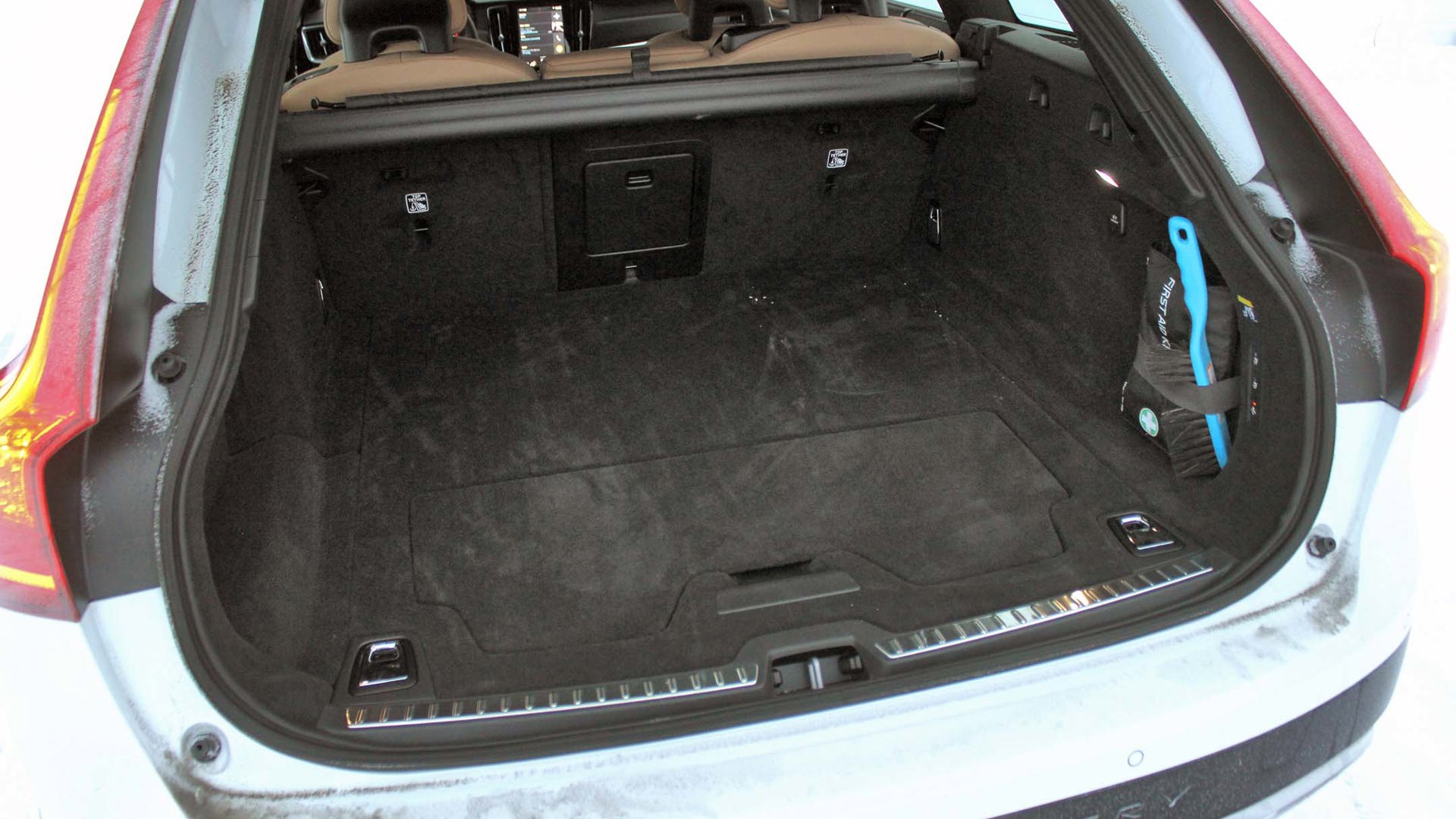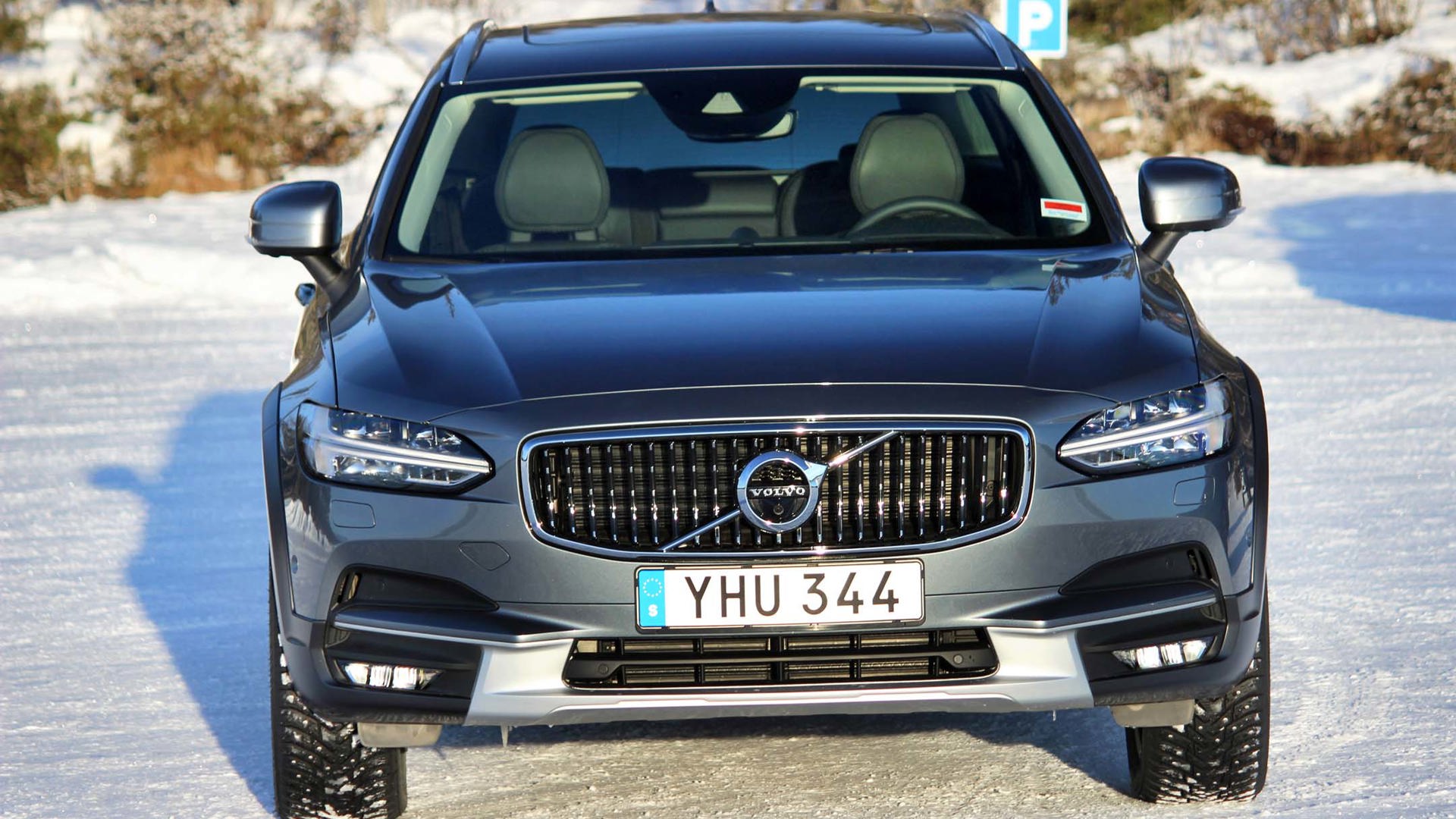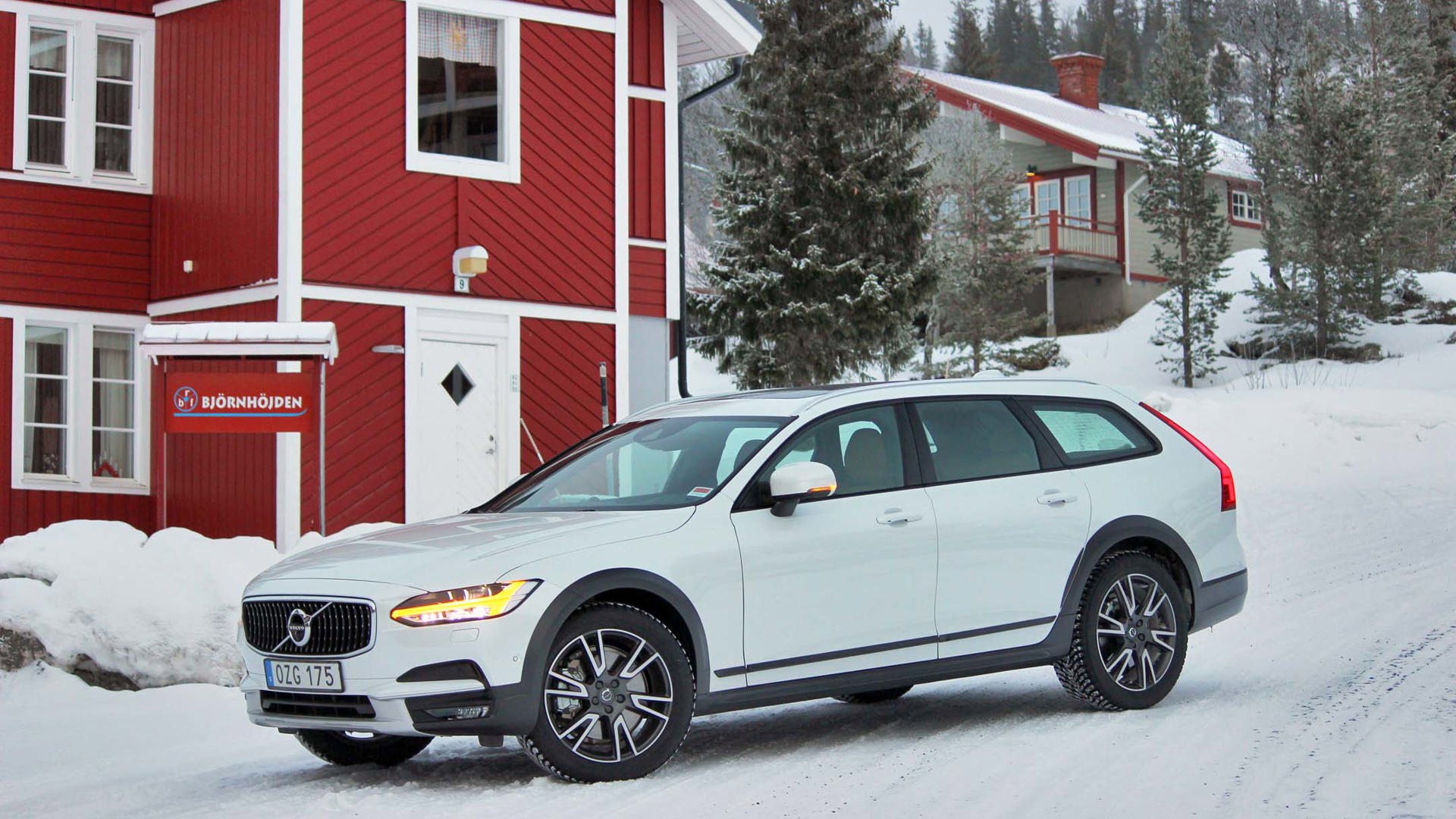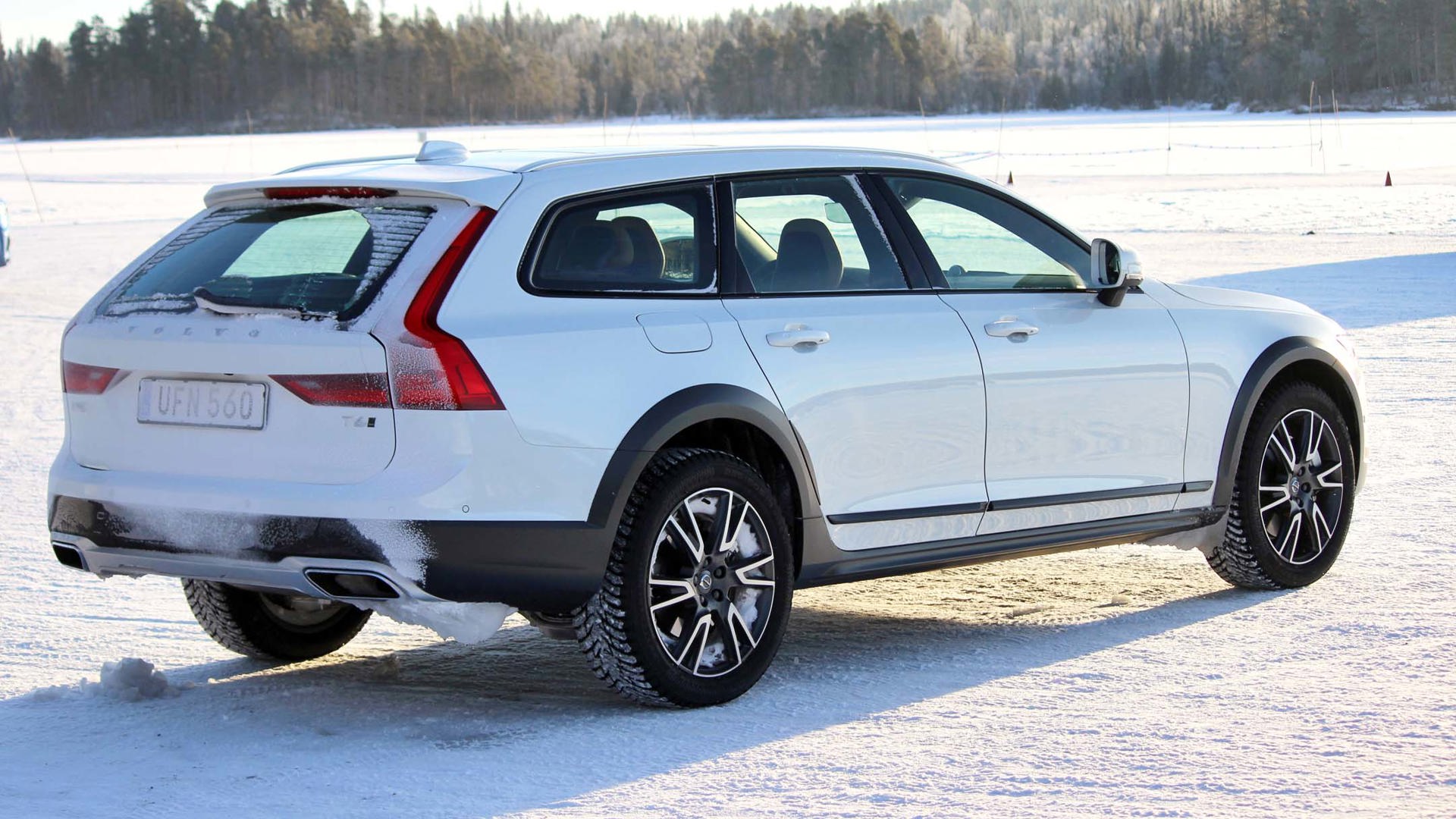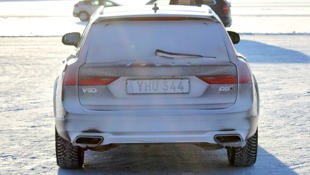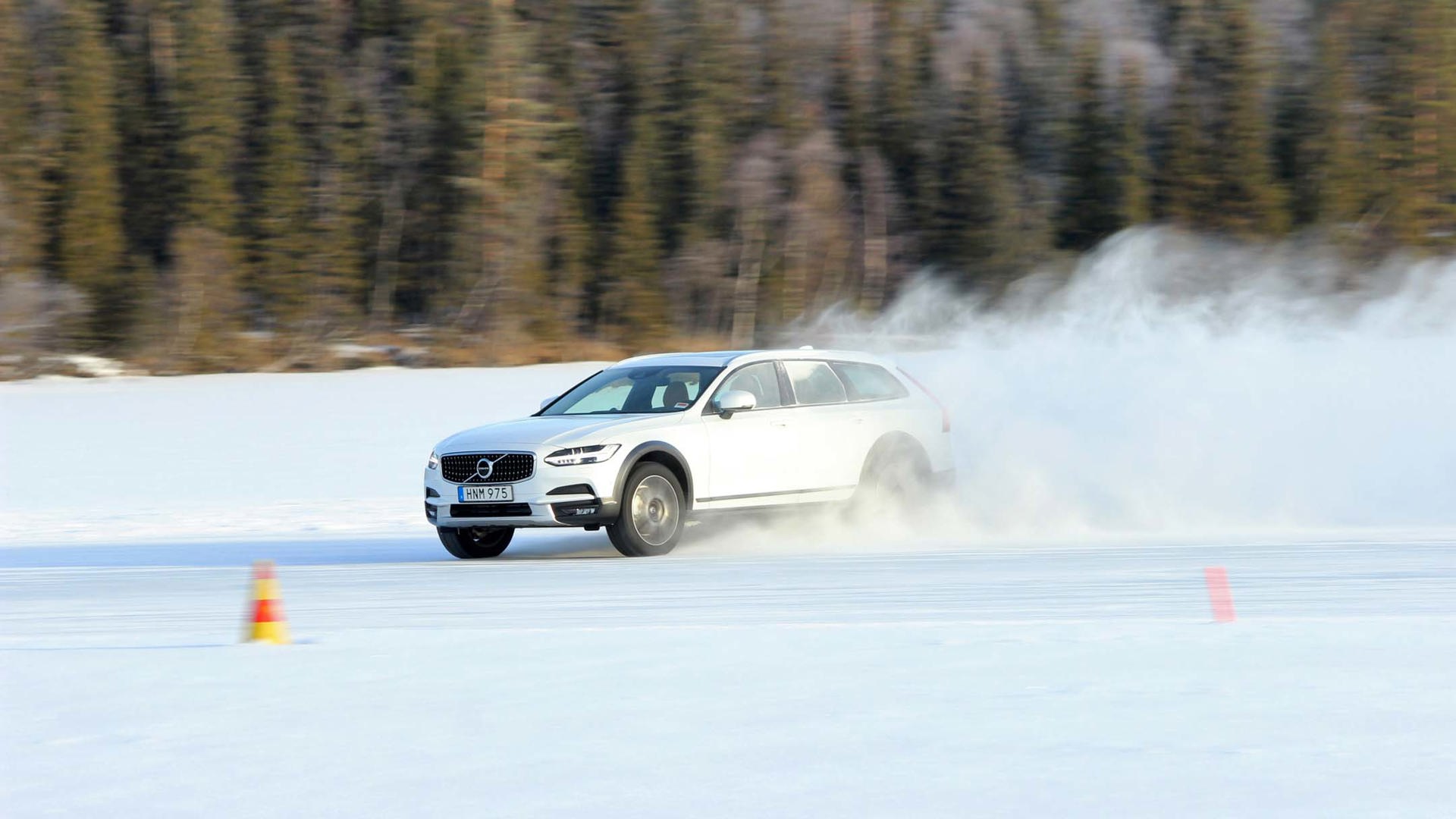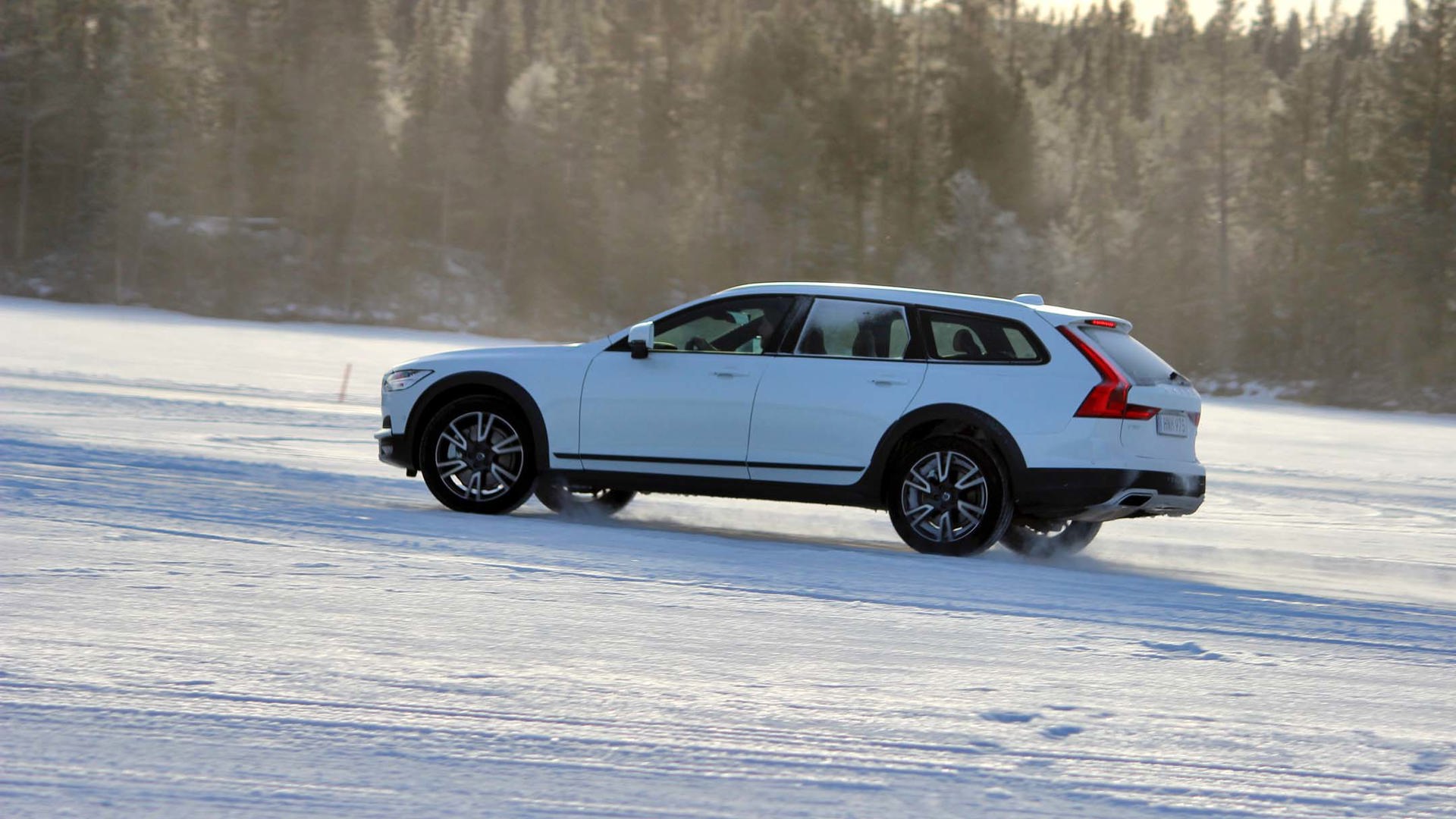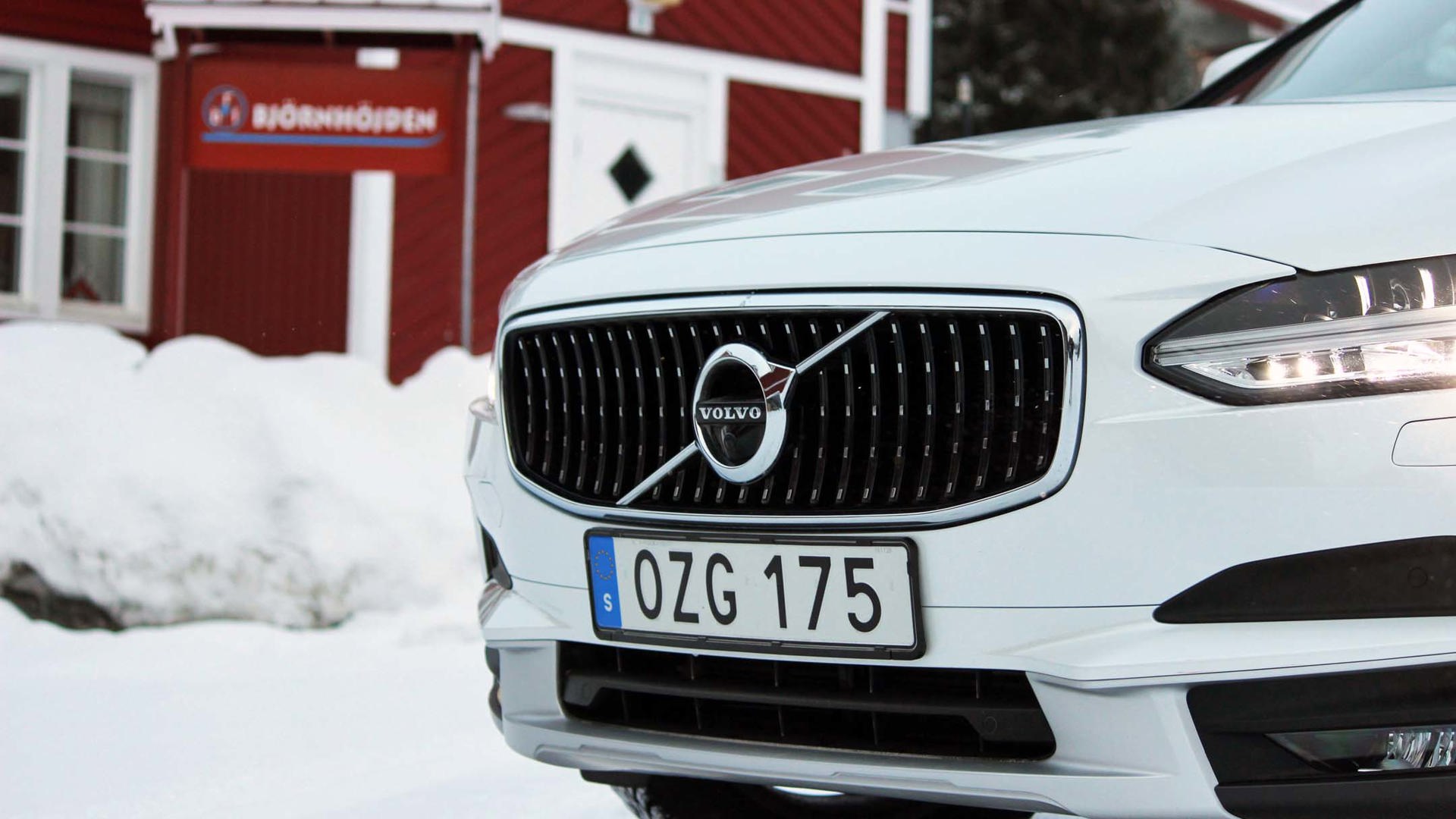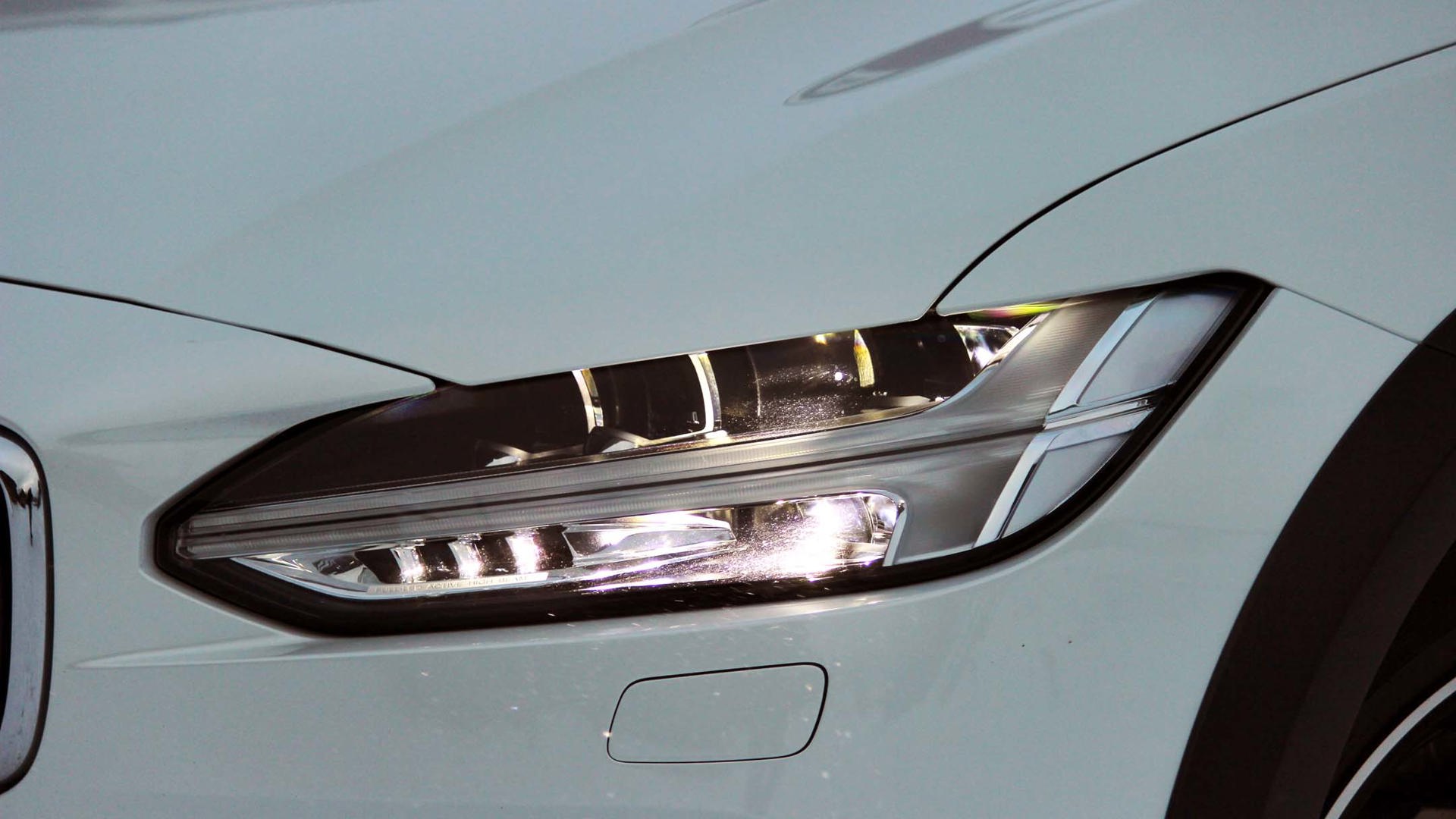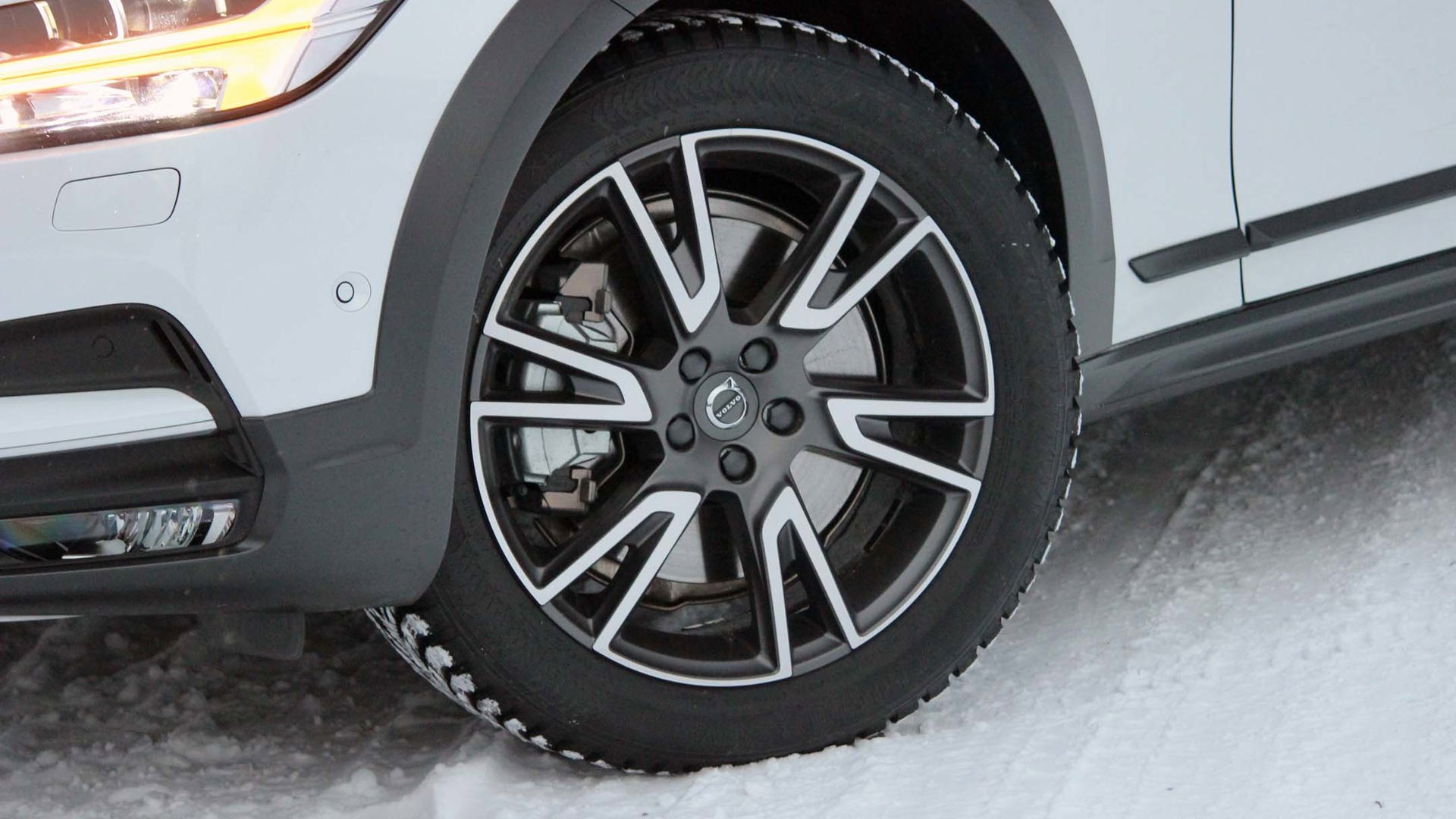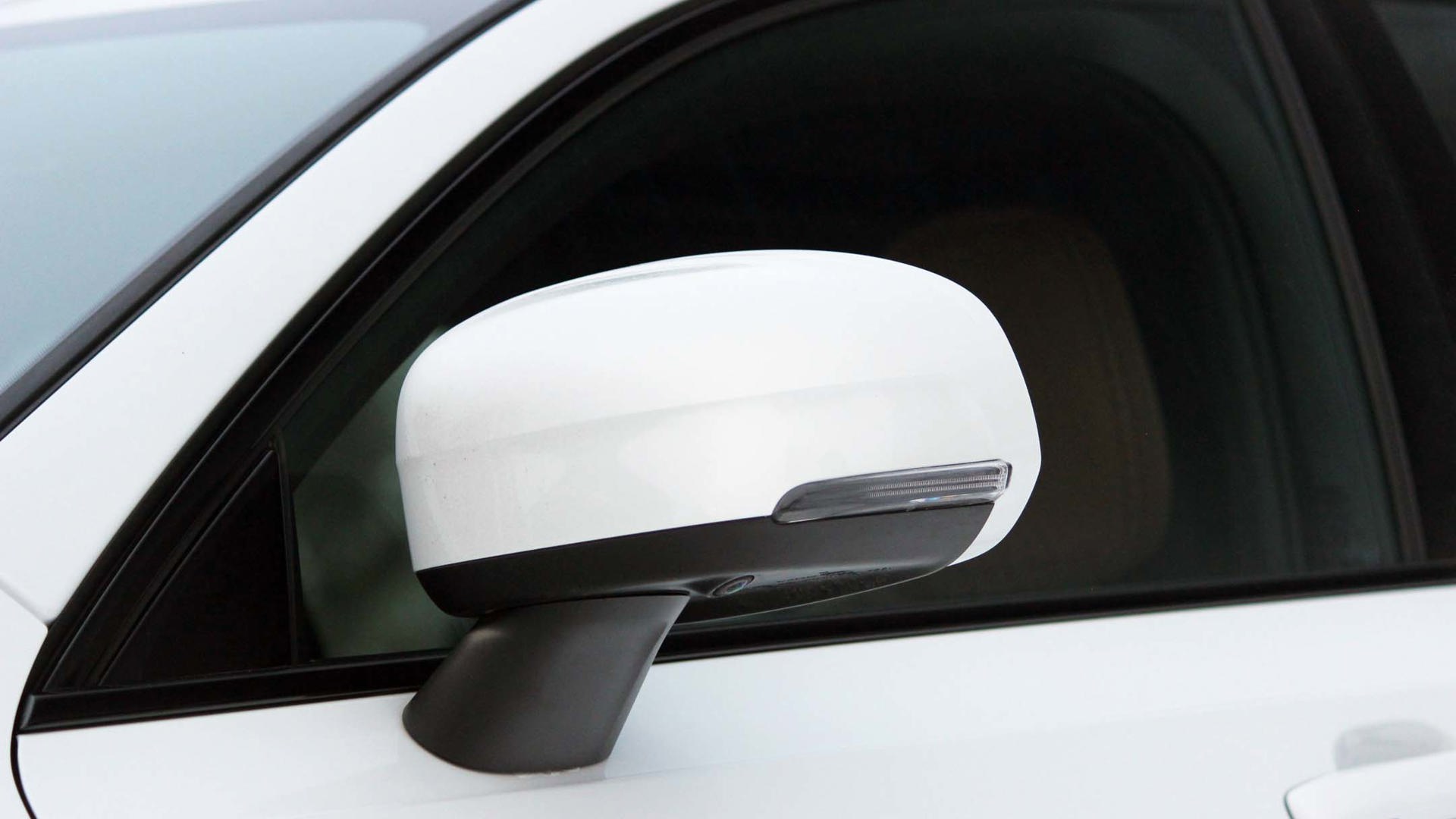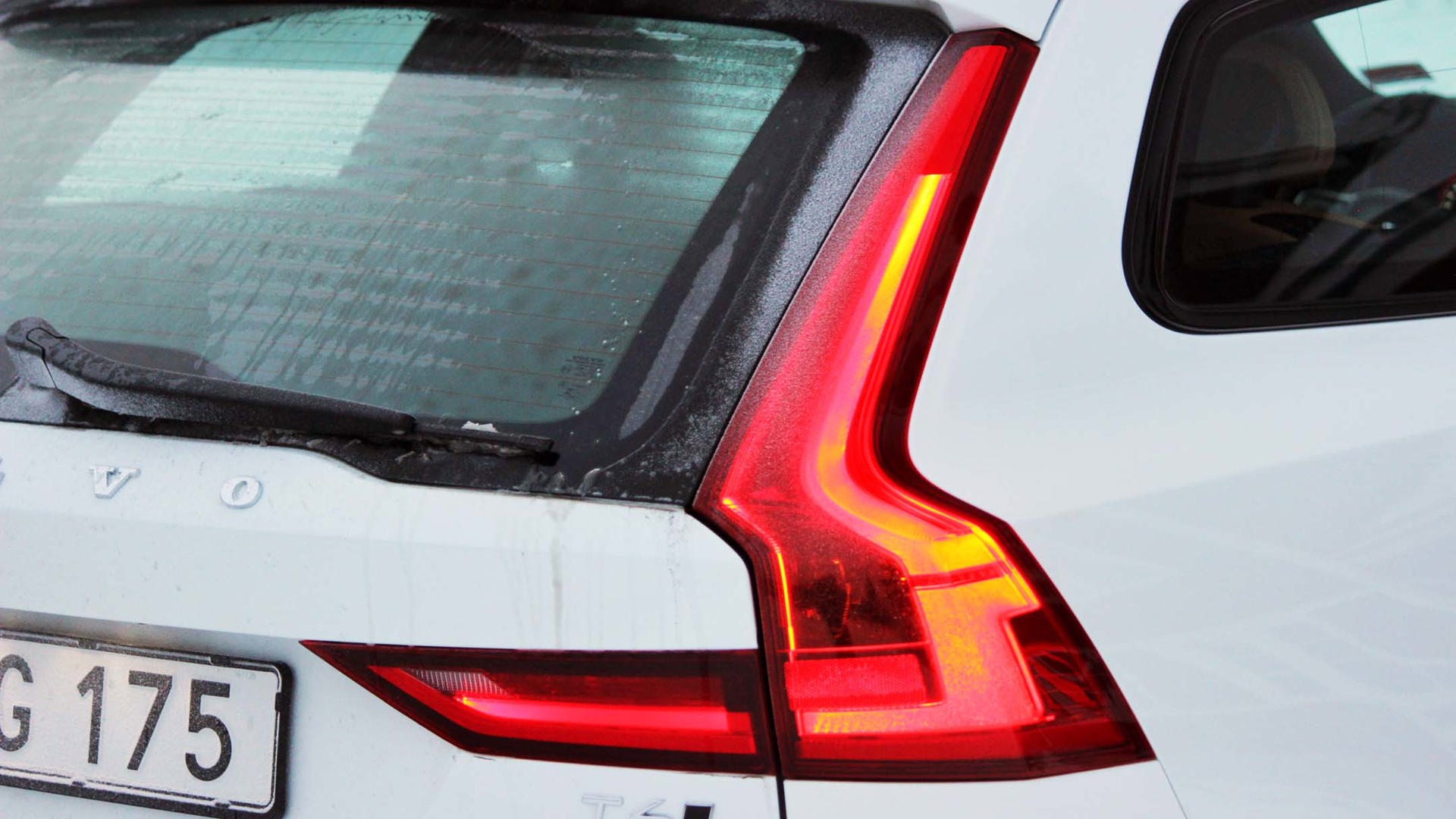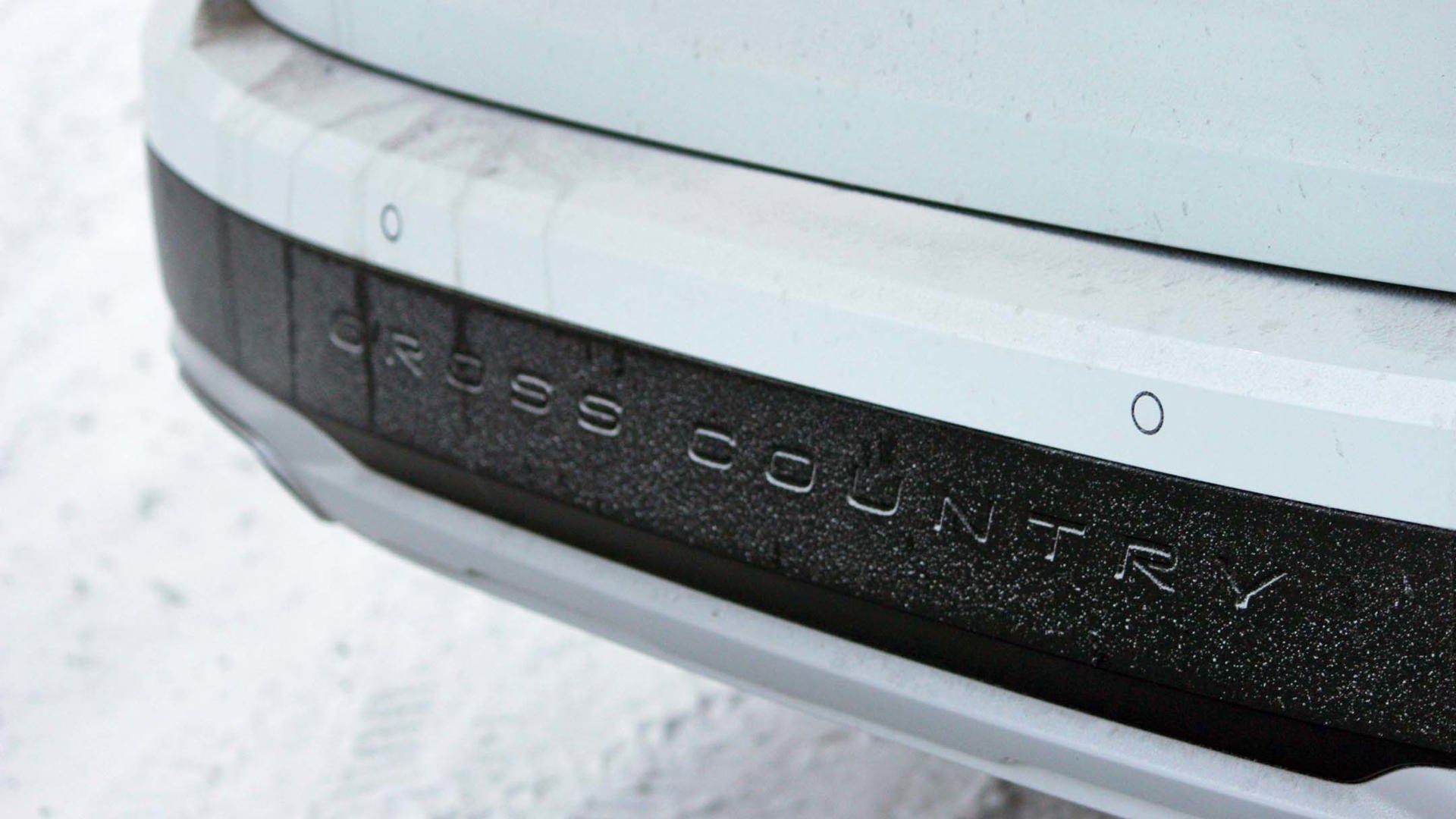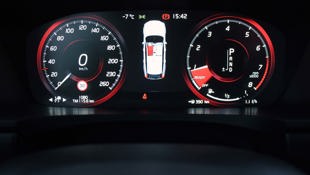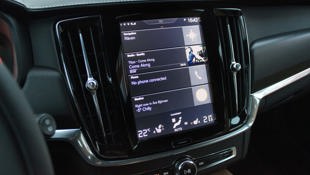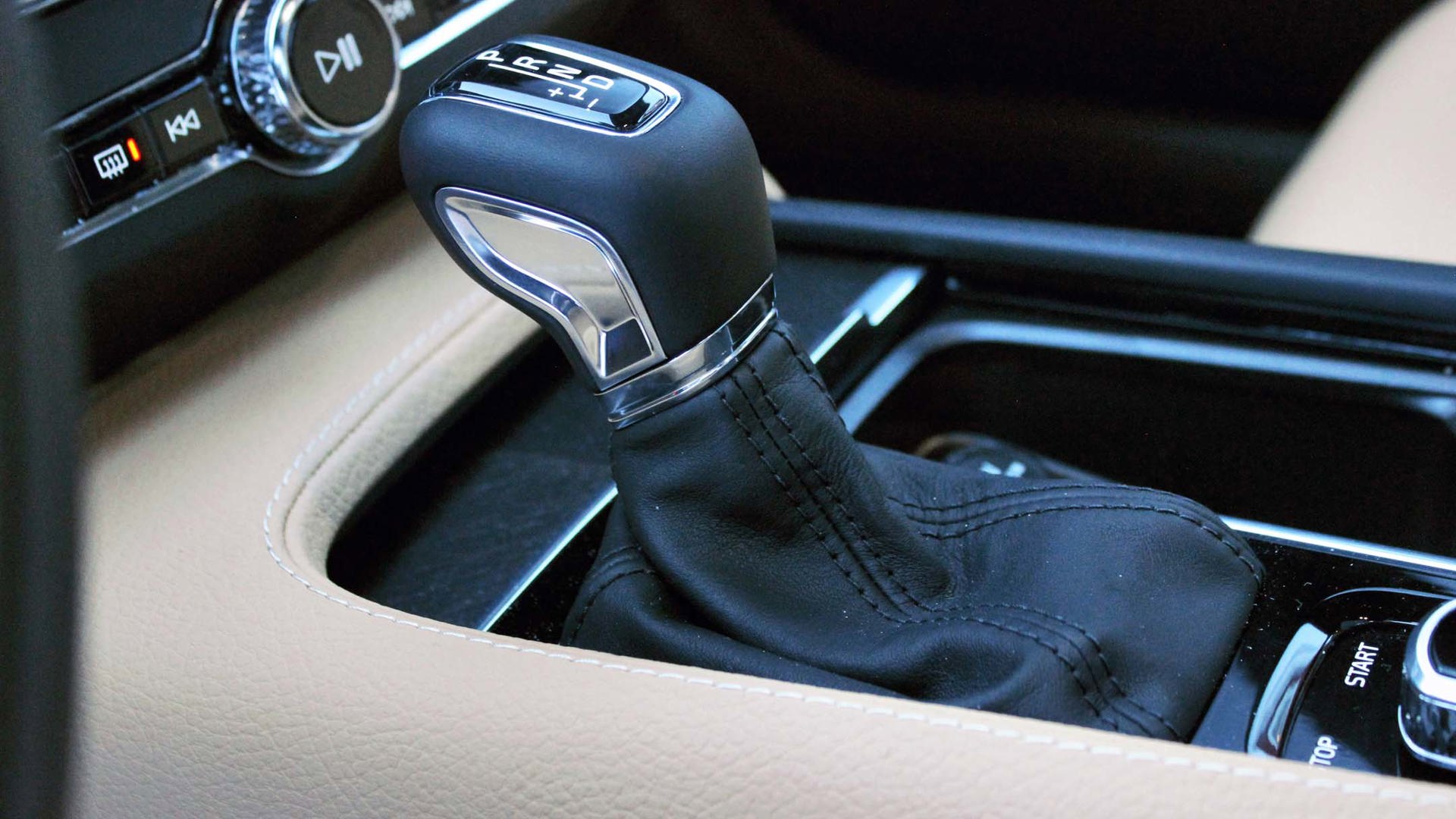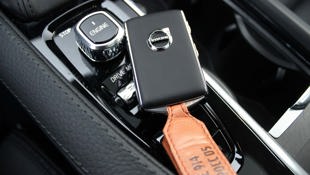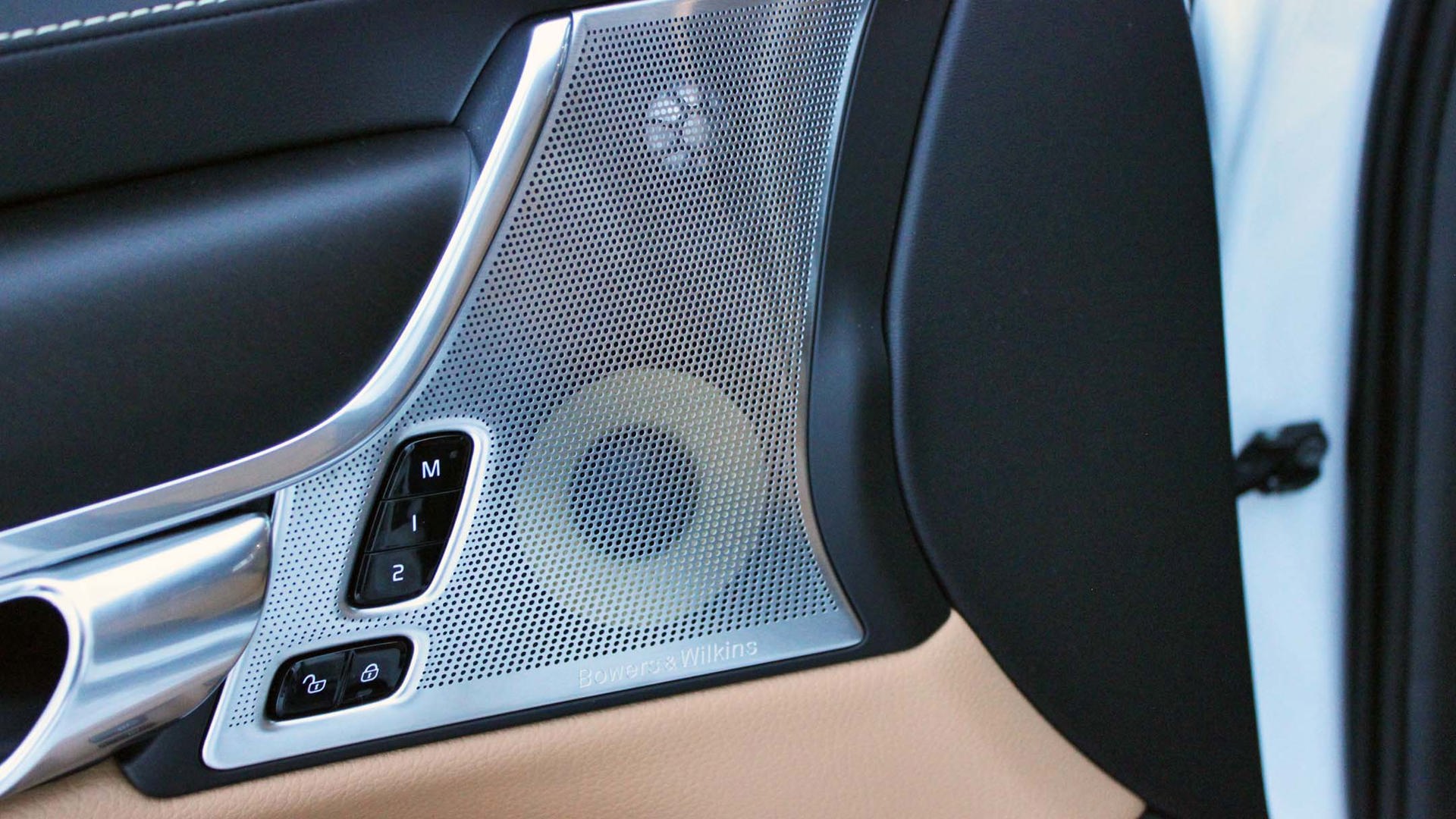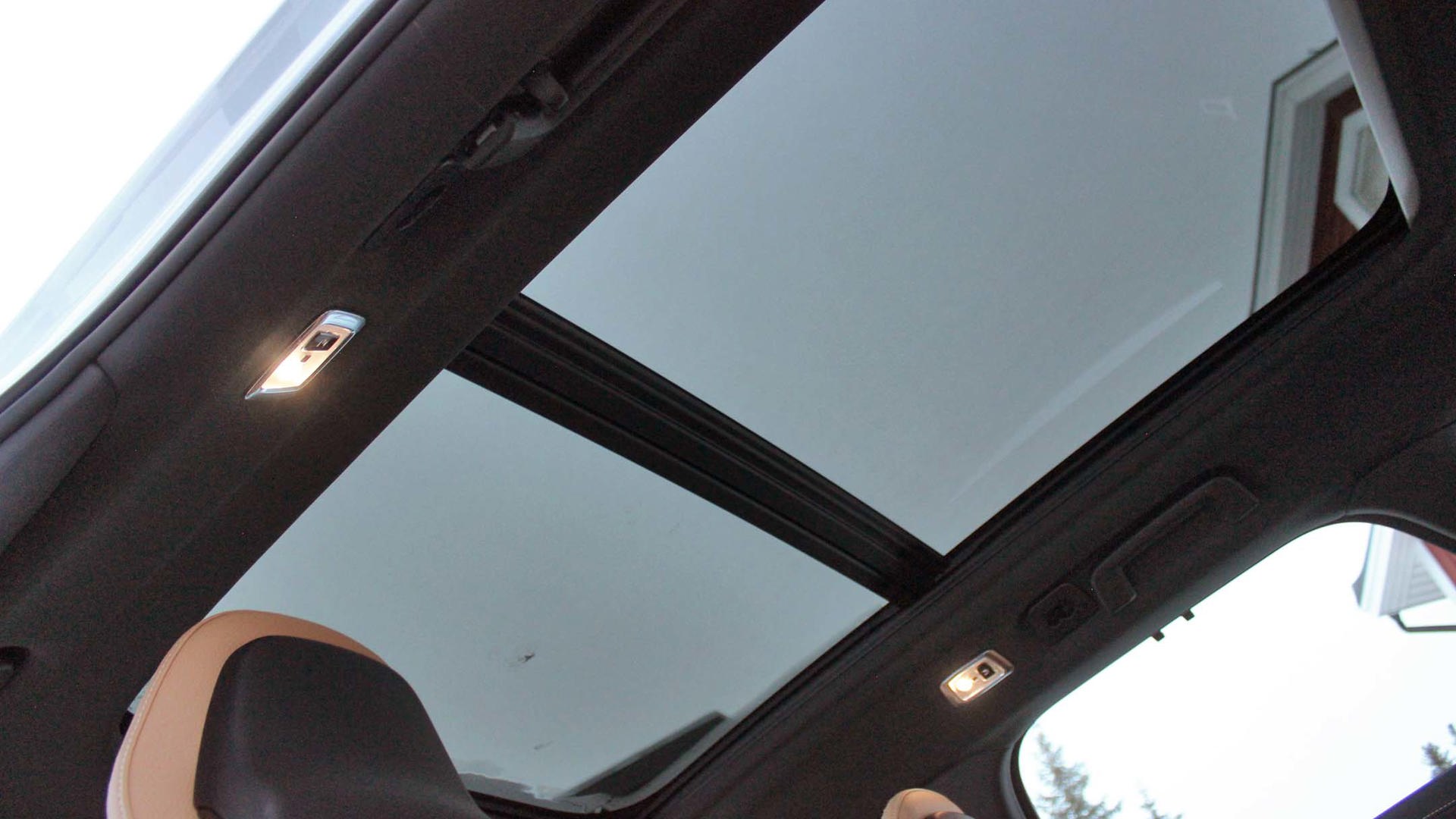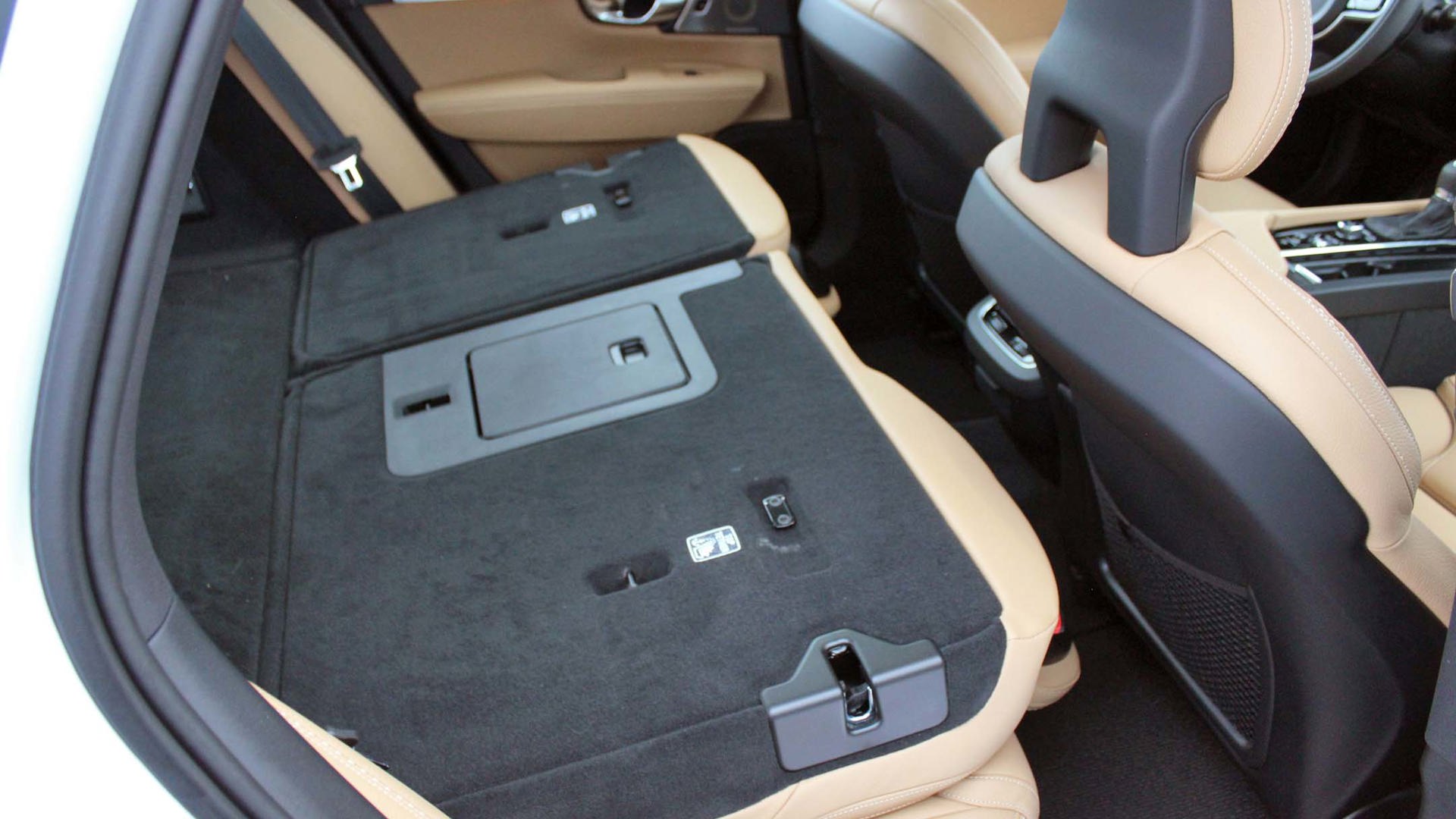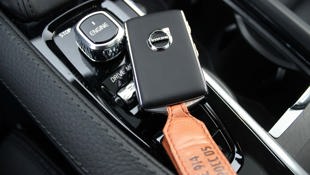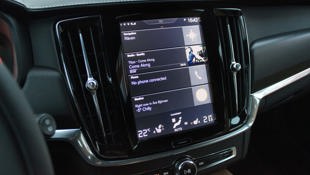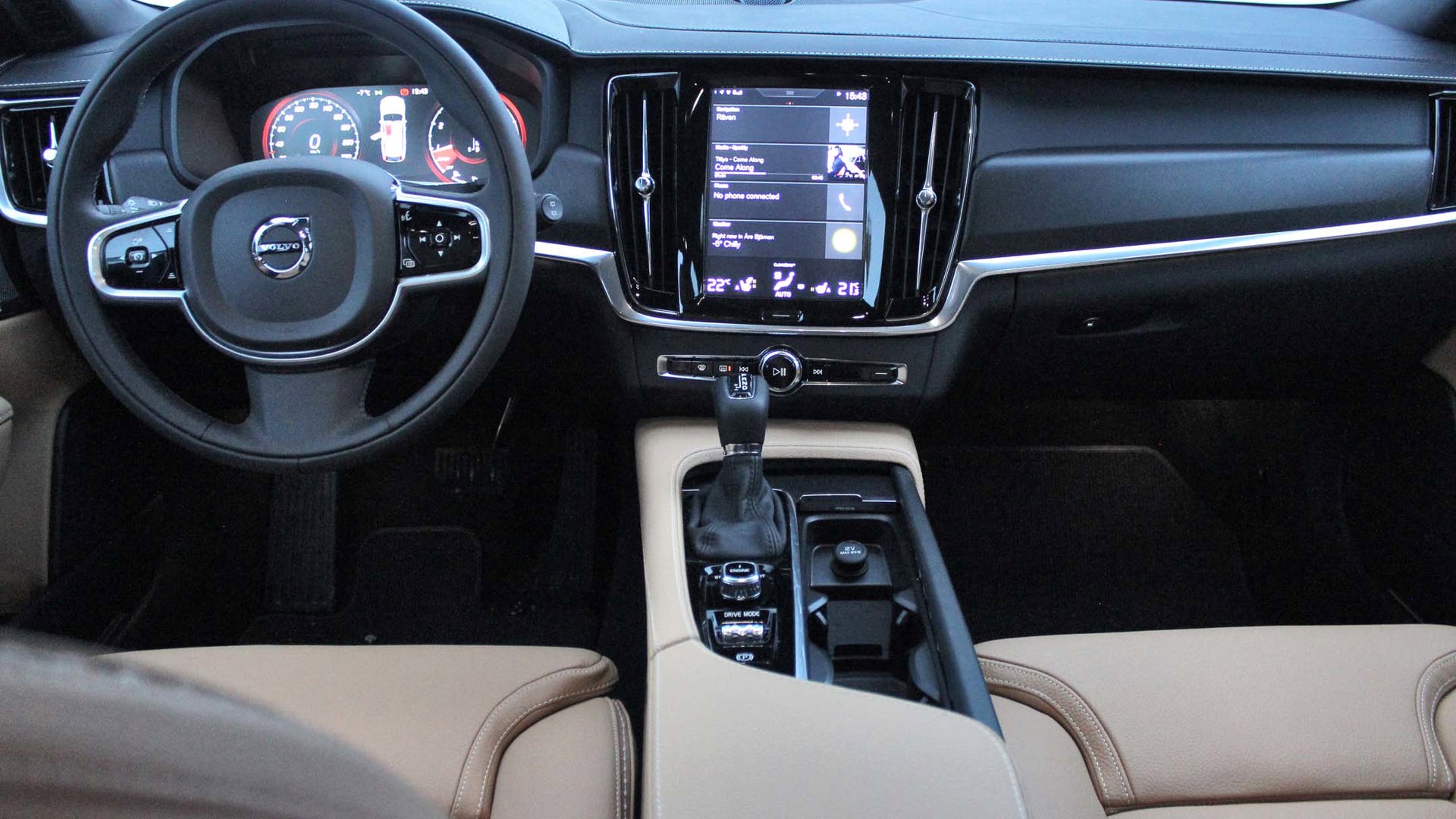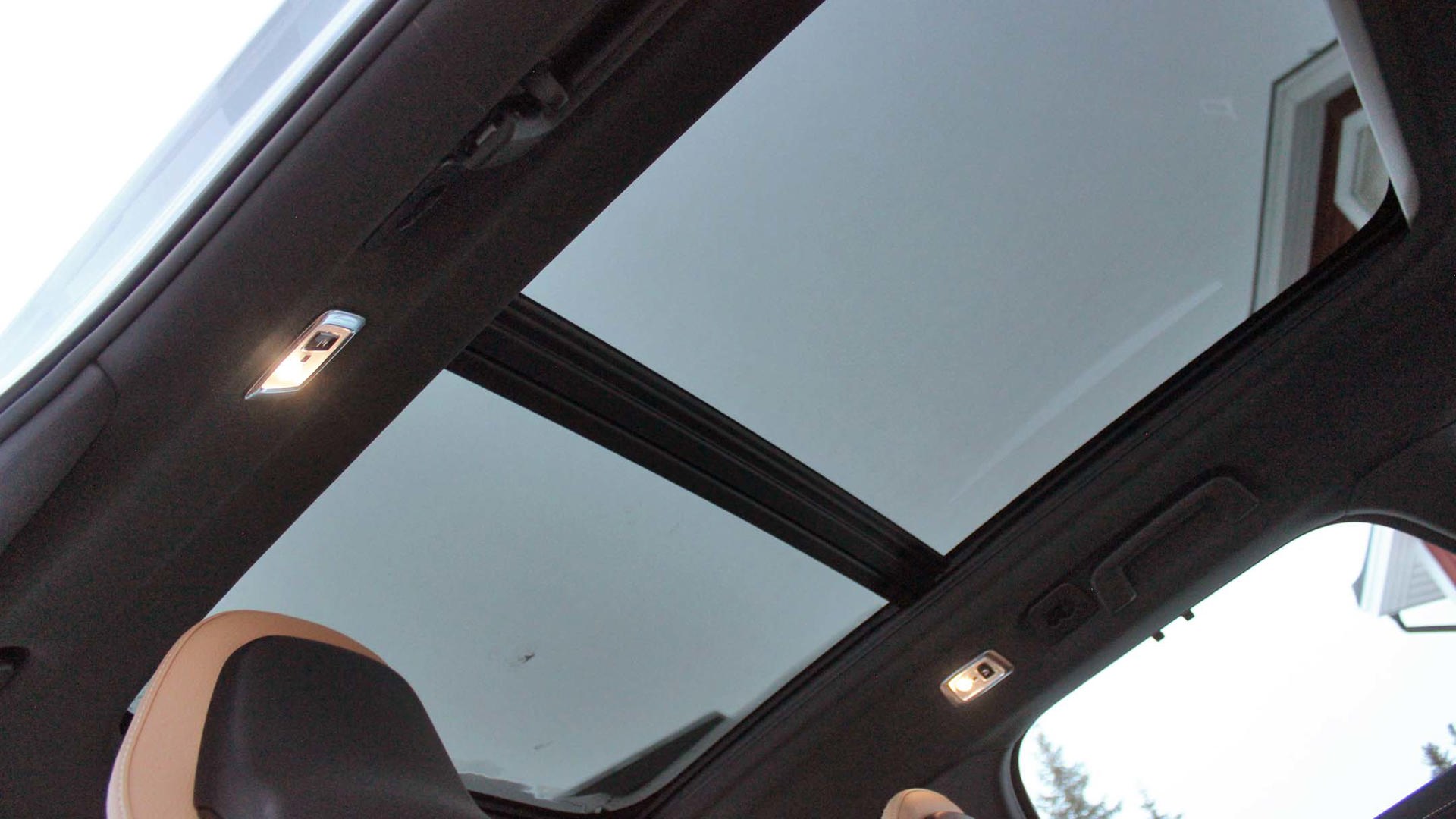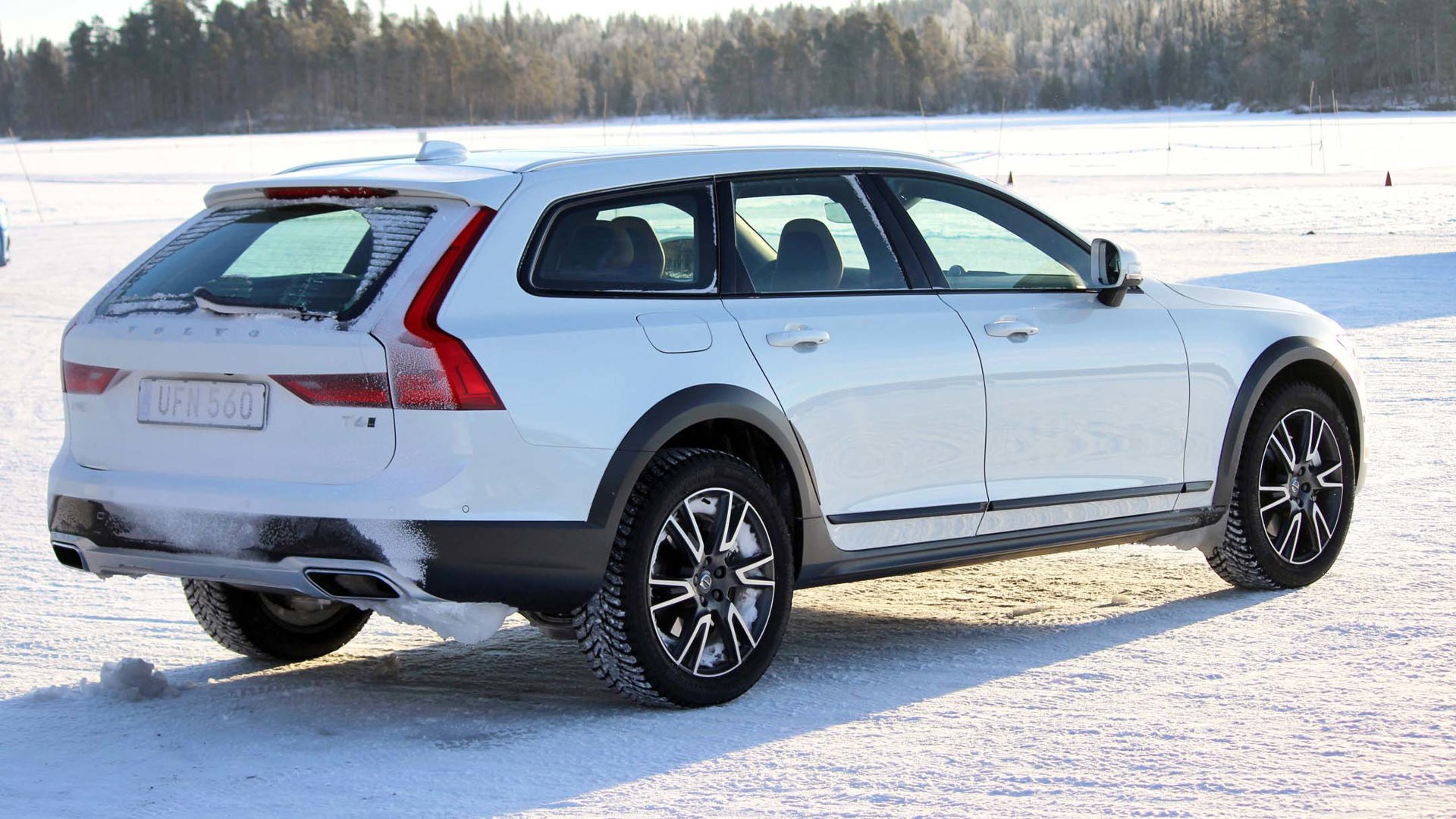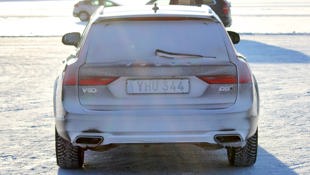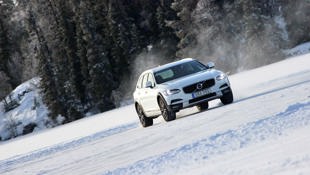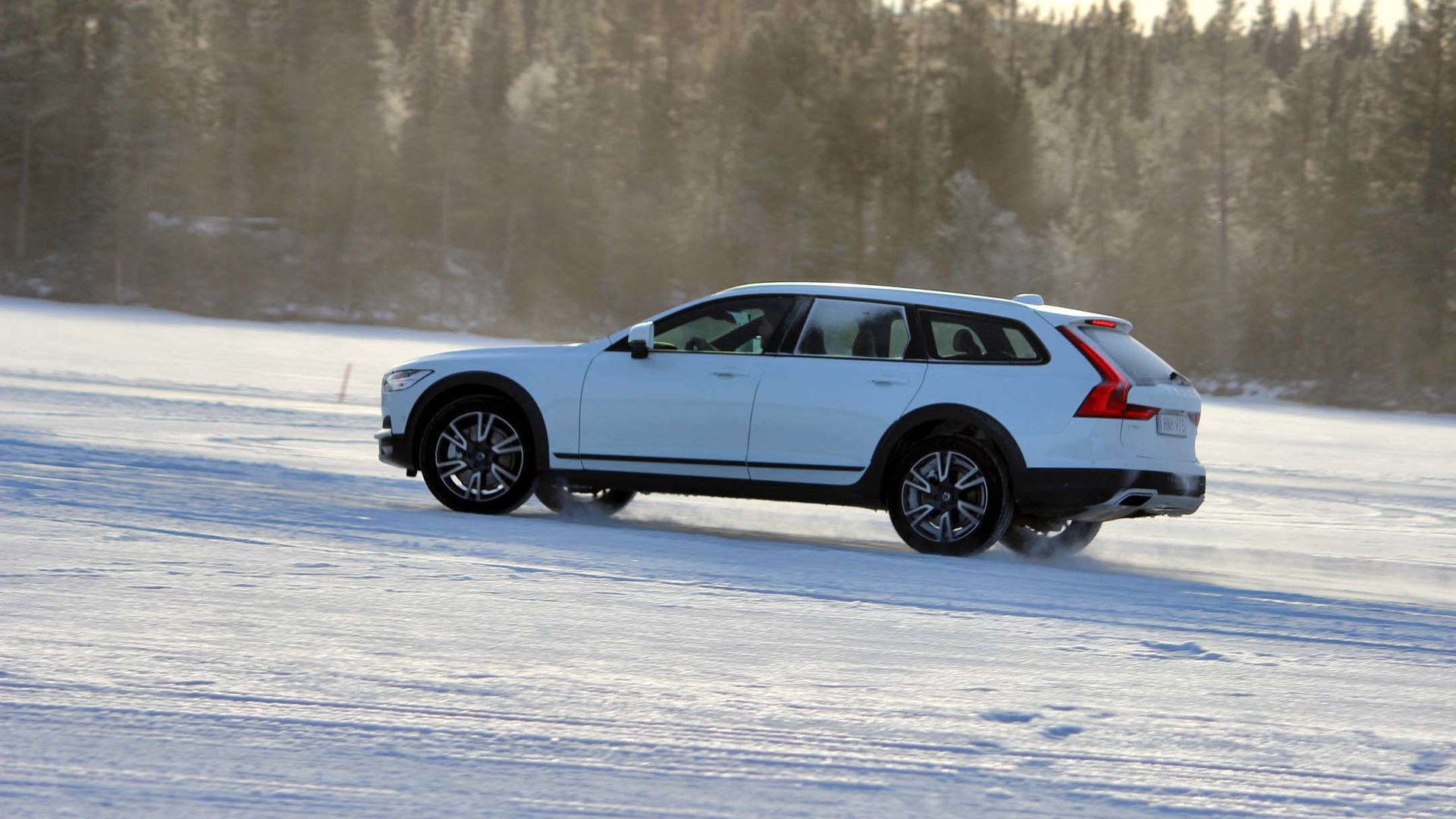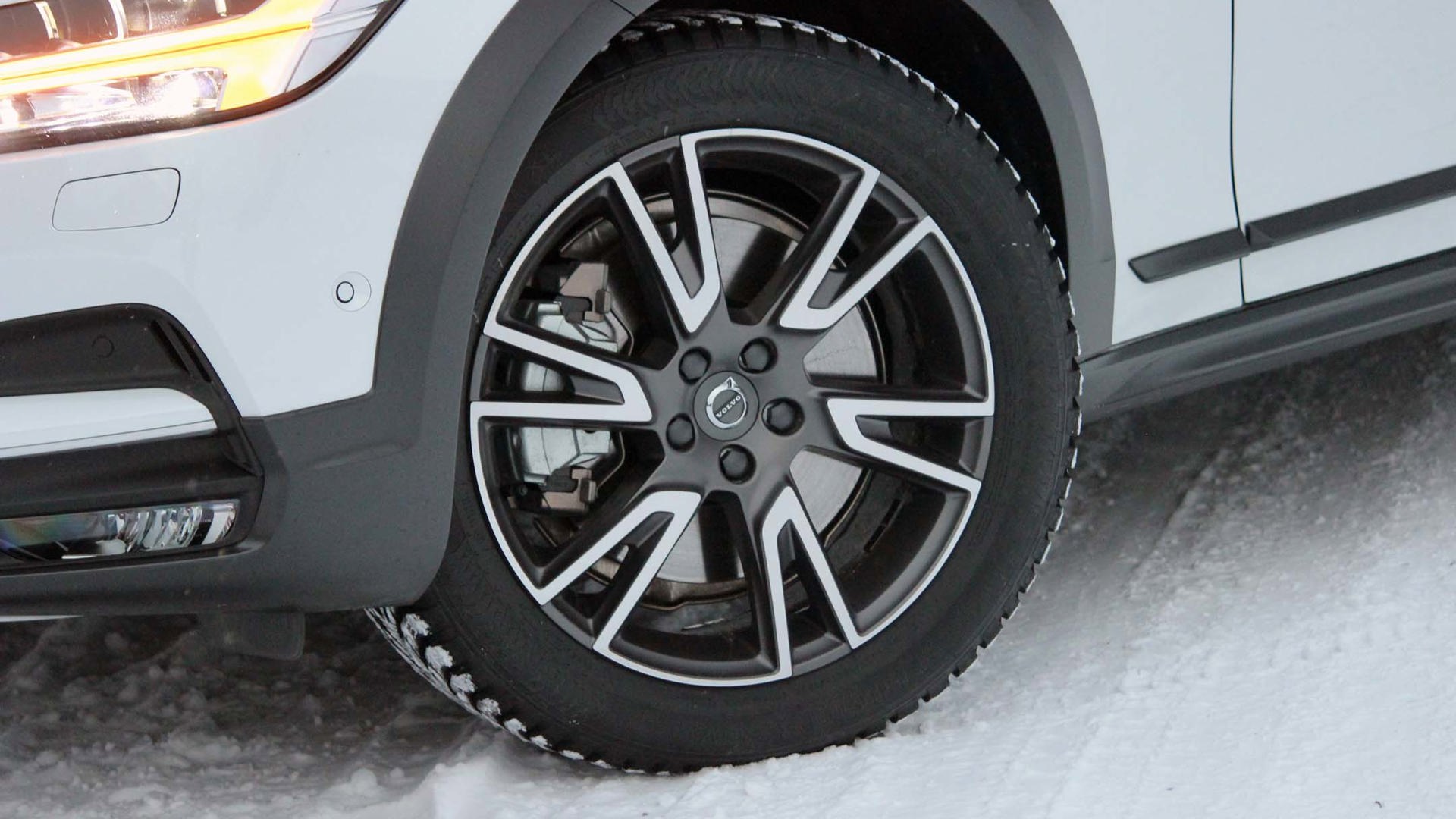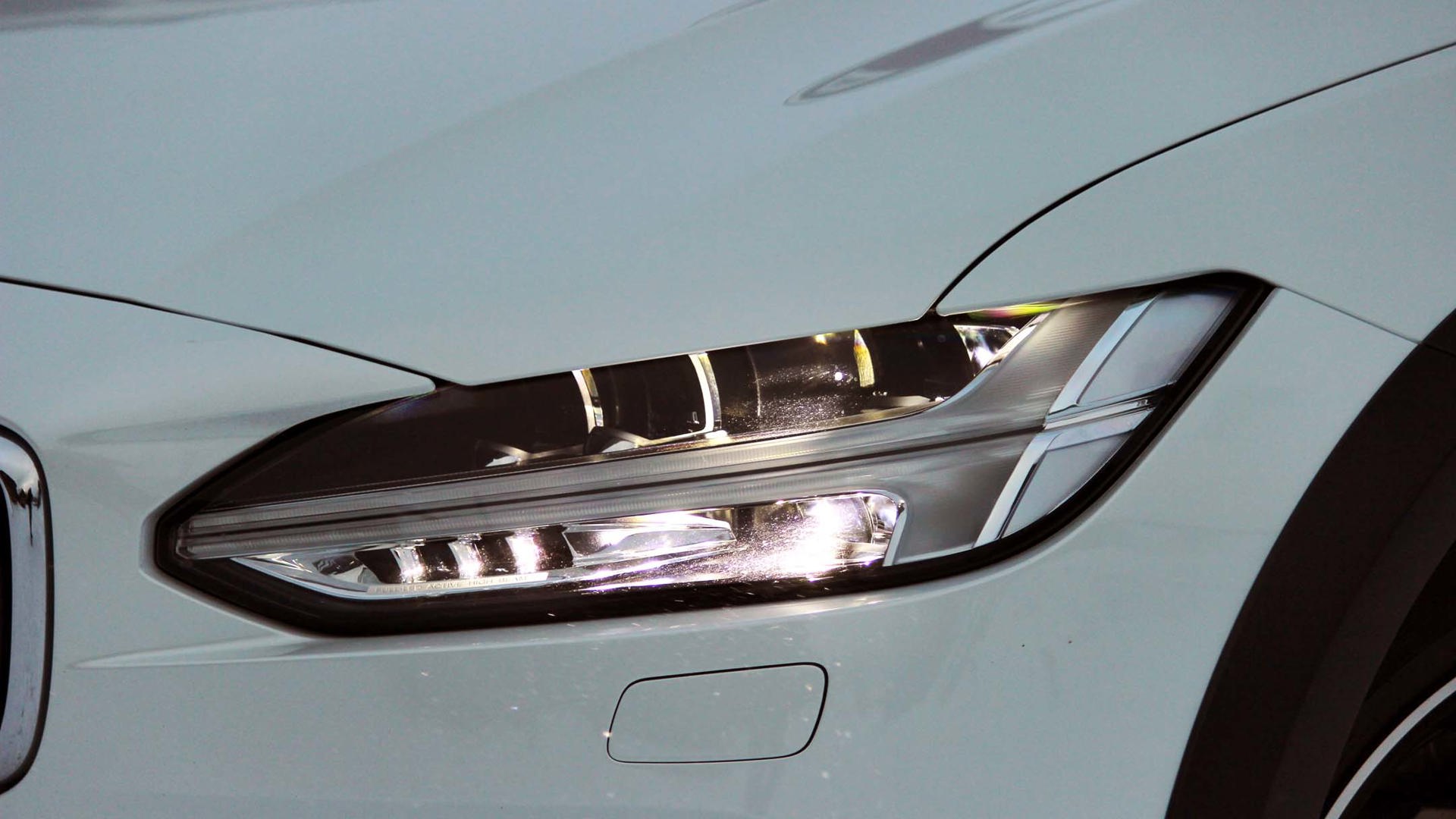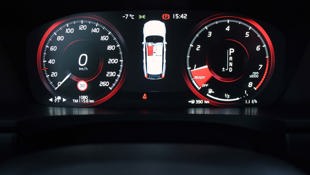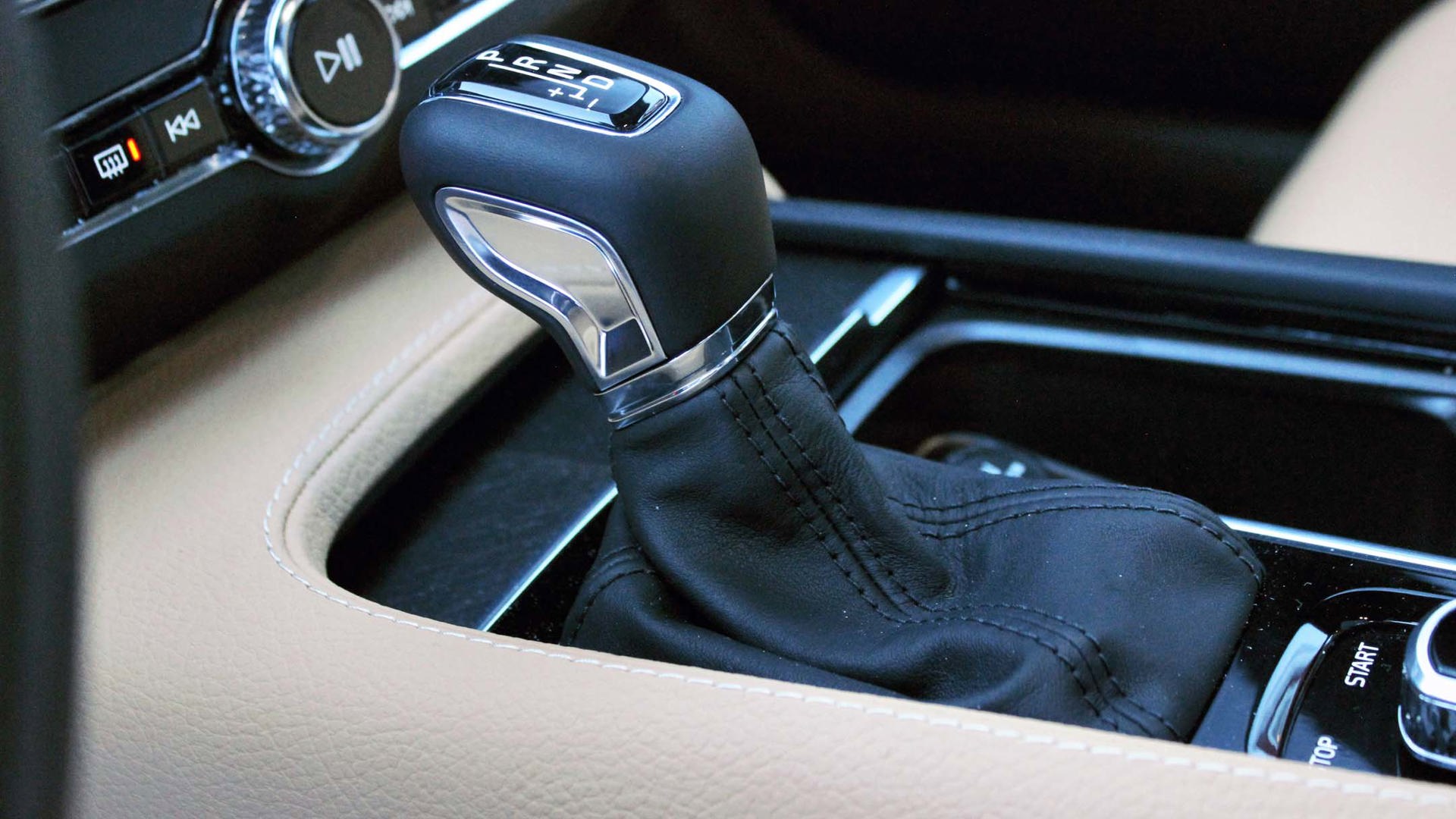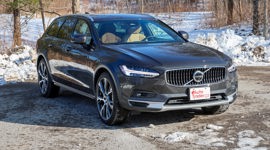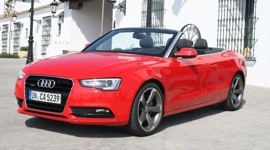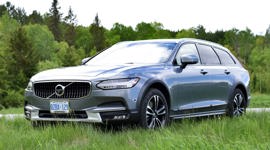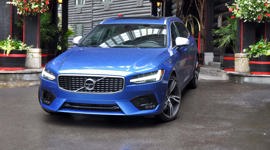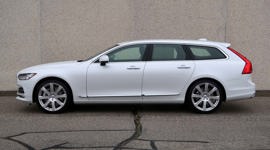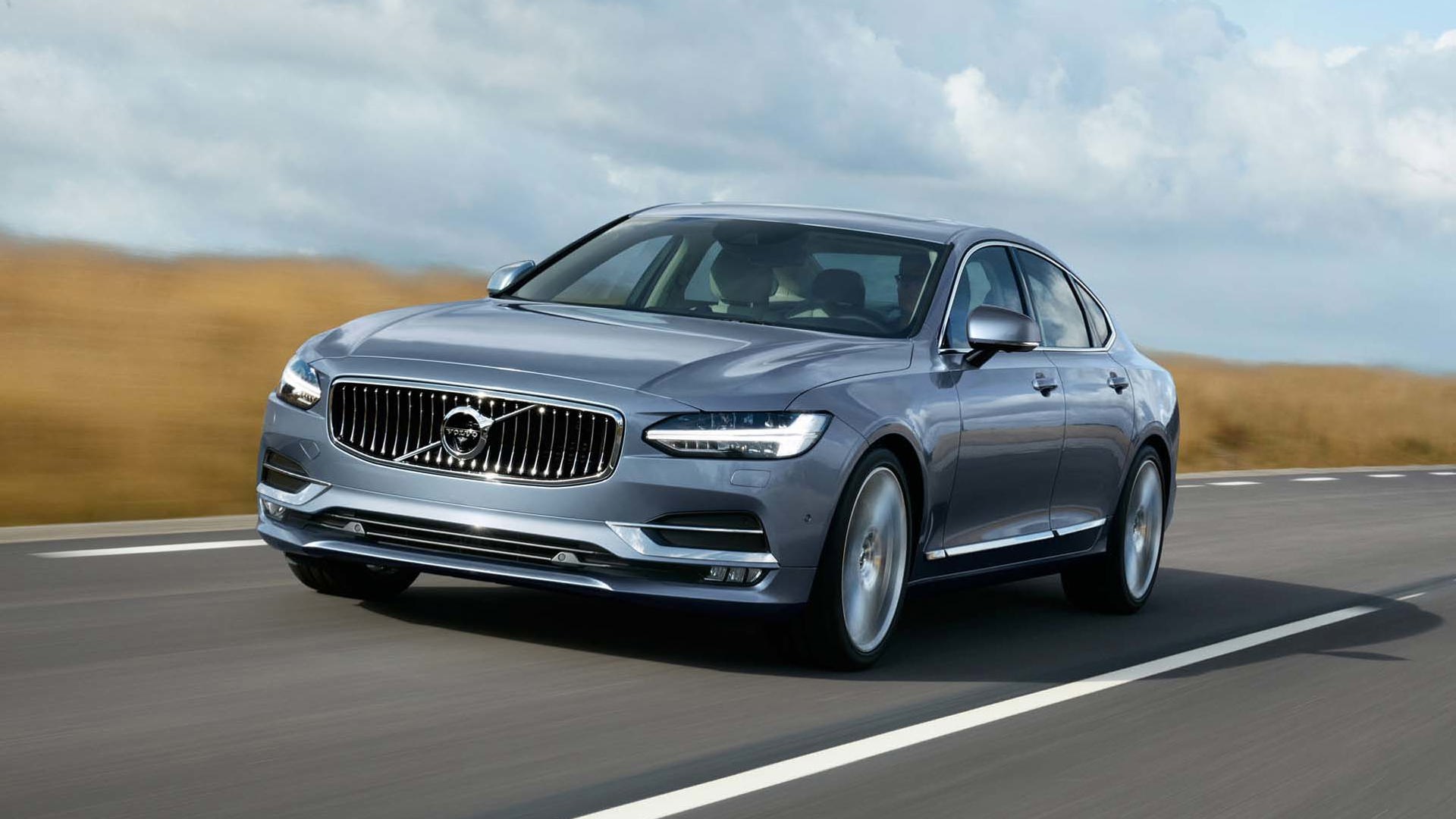Åre, Sweden – Thank you, Volvo. Amidst all this crossover-ing and SUV-ing, they continue to churn out the venerable station wagon. That’s not just for European markets, either; that’s worldwide, including the SUV-soaked roads of Canada and the US.
Volvo also makes SUVs – if wagons are so great, why are they bothering?
But so what? What is this love for the wagon all about, anyway? Crossovers and SUVs offer better visibility, a higher ride height for snowbank surfing in your typical Canadian winter, and don’t they have more room inside, too? Plus, Volvo also makes SUVs – if wagons are so great, why are they bothering?
We headed to the brand’s home country of Sweden to find out.
For starters, just look at this new V90 Cross Country. Darned if that isn’t one pretty, eye-catching design. The “Thor’s Hammer” LED DRLs (standard), chromed grille and underbody skidplate combine to make a rugged yet somehow luxurious look. Ruggedly handsome – yeah, that’s it.
It continues down the side, where the CC carries on the tradition started by the V70 XC some 20 years ago, with added protection on the sides to keep the paint fresh from stone chips and scratches that are bound to occur on the way up the dirt road to the cabin. Granted, over the years, the plastic cladding has become a little more present, which can likely be attributed to a mix of Volvo genuinely believing that V90 CC customers are using the car to its full potential, and the fact that Subaru took a similar path with its Outback line, which left the gate a few years earlier than the original Volvo XC.
From the back, the skidplate can once again be seen, but the overall effect is one that’s a little more compact-looking than you’d think. It actually looks squat, even though the car rides 60 mm taller than its V90 sibling, one of the hallmarks of the transition to CC spec, along with standard all-wheel drive. We’d put that extra ride height and drive to good use, too – more on that in a minute.
Inside, you see where Volvo is really hitting the mark these days. The interior just oozes class from every pore of its open-pore wood. That, plus the real metal on the optional $3,250 Bowers & Wilkins speakers, sumptuous leather upholstery (the car pictured here has the optional Nappa leather, however, which comes as part of a $2,500 package that also adds ventilated front seats, front passenger seat memory, rear sun curtains and power adjustable front side bolsters) and delicious aluminum bits make for a fantastic interior that would make a Range Rover or Audi jealous. Add the fantastic leather bucket seats that continue to be the best in the business (unless you feel the need to fully extend the adjustable thigh support cushion, which leaves a gap that can be felt a little too easily), and you’ve got a vehicle perfectly matched to, well, cross-country driving.
This all comes before we even start discussing the Volvo Sensus infotainment system, whose pièce de résistance is the 9.3-inch touchscreen interface, which really does look like they’ve mounted an iPad into the dash. The interface is incredibly slick-looking and acting, and while the need to swipe back and forth between menus does take a little getting used to, it makes perfect sense once you do.
What’s strange, however, is how even though Apple CarPlay is supported, it doesn’t act like most systems that use this tech. By that I mean you don’t get a mirror image of the Apple interface on the screen when you plug in your phone; you get access to most of the features provided by CarPlay, but you have to use Volvo’s interface to use them. Volvo maintains that they didn’t want CarPlay taking over the whole interface, forcing users to take an extra step to swap between the two, as you have to do with, say, Ford’s Sync3 interface. This way, you can access Volvo’s suite of safety features by swiping one way in one moment, and then going back to your favorite iTunes playlist the next.
Speaking of safety features: safe to say, there are lots of them, including the addition of Pilot Assist II. It’s essentially a semi-autonomous assist system that uses of a set of cameras to keep you in your lane and away from the car ahead of you – if there happens to be one. Unlike the previous system, a lead car is not required for the system to work and instead of being limited to 50 km/h to stay active, you can go all the way up to 130 km/h with the car doing most of the work for you. Not that we’d recommend testing that top speed, but it’s nice to know that it works at Canadian highway speeds.
For the most part, it works rather well, and is easy to use. I did, however, find the active lane-keep assist system a little over the top in how eager it was to step in. I would be merrily driving along, right in the middle of the lane as required and I’d feel that wheel writhing in my hands when I truly didn’t need it to. Granted, some of the roads we were along were not in the greatest of conditions – this is Sweden in the middle of winter, remember – but even then, with some pretty visible road lines, the wheel was vibrating away.
So what’d I do? I deactivated it, and proceeded to embark on one of the more surprising drives I’ve had this young year.
The first thing you notice is just how easily the V90 CC piles on the speed once moving. A single engine is offered in Canada: a 316 hp, 295 lb-ft turbocharged and supercharged four-cylinder; the supercharger provides boost at low revs, at which point the turbocharger steps in. That means power at all revs. It’s fantastic, and feels more powerful than the numbers suggest. The close ratios of the standard eight-speed automatic transmission help in this regard as well, though I did find myself reaching for shift paddles in manual mode that weren’t there. Probably won’t be missed by many, but part of the attraction of a wagon over an SUV is its sportiness, and the paddles would be a natural fit here.
That’s all well and good for nice, smooth roads; this is a “Cross Country” model, right? What if the country you’re crossing has the occasional bump? The occasional berm? The occasional dirt road?
While we did get the chance to take the cars on a completely frozen lake surface, it was the roads on the way which really showcased the V90 Cross Country’s capabilities. The snowed-in side road that led directly to the track especially: it was essentially two kilometres of pure snow and ice, with ups and downs that would unsettle any “normal” car. Not the V90 CC – it absorbed every bump we tackled, never bottoming out or shaking our ribcages. The V90 CC is billed as an alternative to crossovers, and it means to make good on that promise.
While a pure-ice surface is not likely something many V90 CC owners are going to tackle, we went for it anyway, sliding the CC through the cones and doing our best ice racing driver impression (yes, we had studded tires). It was an impression that probably looked nothing like those boys, but we were made to at least feel like them thanks to the car’s very smart AWD system.
It’s on surfaces like these that you can really feel the different systems at work: leave it in AWD mode, and you can feel as the brakes grab each individual wheel as you slide, and how the computers cut power as you really start to get out of sorts in an effort to bring you back on-line.
Then, when you try Performance mode, which partly defeats the traction control and allows you to exploit the chassis more, the long wheelbase and surprisingly light front end allowing for long, lairy drifts. A little more steering weight wouldn’t be amiss – Performance mode adjusts your throttle, transmission and steering responsiveness, but not steering feel – but that’s a nitpick that’s really only apparent in crazy conditions like these.
“Drifts”, “steering weight”, “Performance mode” – we’re still talking about a family wagon, right? Well, yeah, but that’s just it. Try the V90 CC, experience that performance (as little or as much as you like) and you see why a wagon like this provides such a compelling alternative. We drove an XC90 SUV on the exact same roads as the V90 CC, and while it may have insulated us a little more from the goings-on beneath us, it felt no more capable than the Cross Country. On the track? Forget about it; the XC90 feels like a behemoth compared to the V90 – so much harder to balance on the throttle and thread through the cones.
At the same time, though, you still have 723 L of cargo capacity even when the CC’s second-row seats – which fold flat – are up. It’s easier to load, too, thanks to a low liftover height. Back-seat space in the V90 CC is just slightly less than the XC90, so there’s that. And of course, you have the exterior styling, which the svelte-yet-suddenly-somewhat-bulbous-looking XC90 can’t even touch.
There is just so much on offer here, that it becomes eminently clear that while Volvo makes a great SUV in the XC90, there’s still a lot of life left in the station wagon yet.
Pricing: 2017 Volvo V90 Cross Country
V90 Cross Country T6 AWD: $61,900
